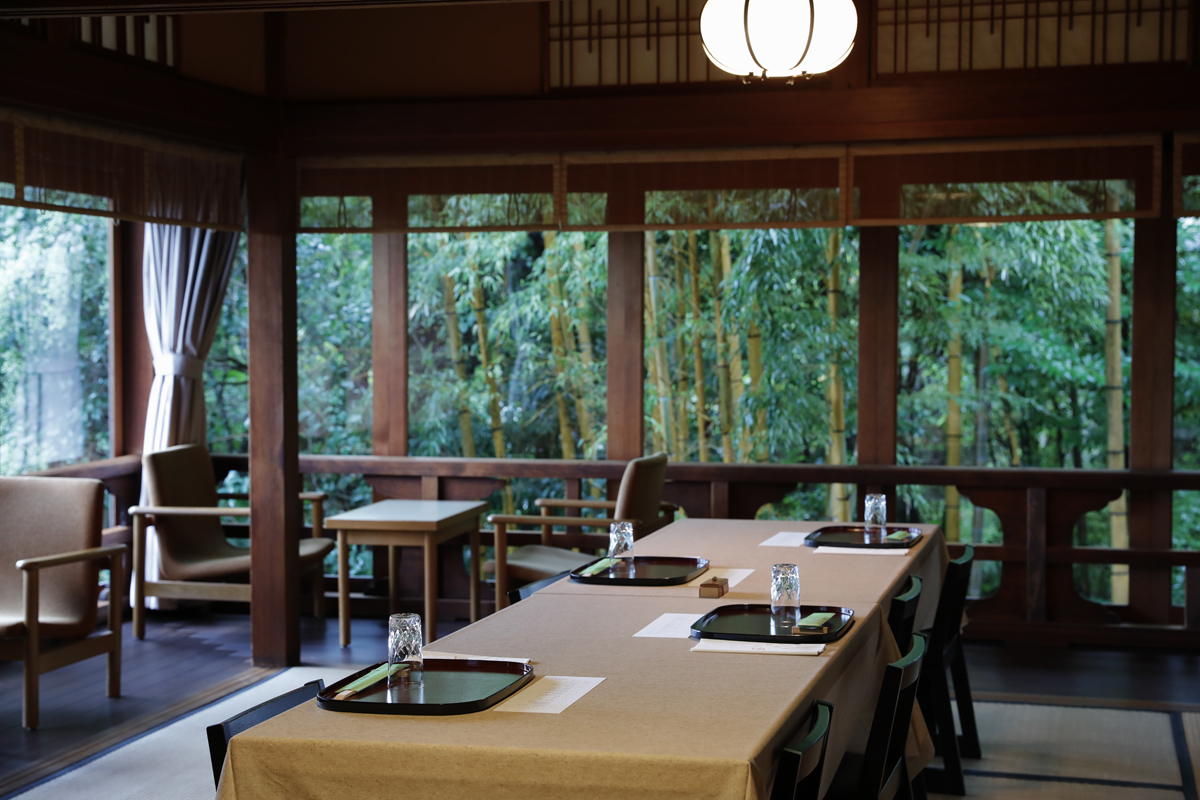
Washoku and Modern Architecture
Find Architectural Gems Hidden in Historic Gourmet Restaurants
- Modern Japanese architecture and 'Kinsuitei'.
-
Kinsuitei is a long-established ryotei restaurant founded in 1886 (Meiji 14). The adjacent Hachijokeike Pond was built in the early Edo period by Prince Tomochu Hachijo, who built the Katsura Detached Palace. With Nishiyama in the background, it adds color to the landscape as the front garden of Nagaoka Tenmangu Shrine. The six Ike-zashiki (pond rooms) floating on the pond are said to have been built at the end of the Edo period or in the early Meiji period, and are said to be the ultimate form of a Kyoto-style sukiya. The roofs of the buildings all have different designs and are a delight to the eyes of visitors. The main building was constructed in 1927. The modern Japanese-style architecture of the time has been used with great care. The carpentry skills, as well as the grand staircase that only a Japanese traditional restaurant can offer, the liberating feeling of the coffered ceiling and continuous windows in the second-floor hall, and the presence of the floor pillars are a must-see. In addition to the Ike-zashiki and the main building, there is a dispersed arrangement of sukiya-style buildings from the early Showa period, an architectural grouping unparalleled in its kind. The tour is guided by Mr and Mrs Nakata, a Kyoto-based architect couple who have designed numerous private residences and restored machiya townhouses. They will take you on a tour of the Ike-zashiki and the main building, as well as other buildings that are not usually open to the public, so that you can enjoy the unique scenery and atmosphere of modern Japanese architecture at Kinsuitei.
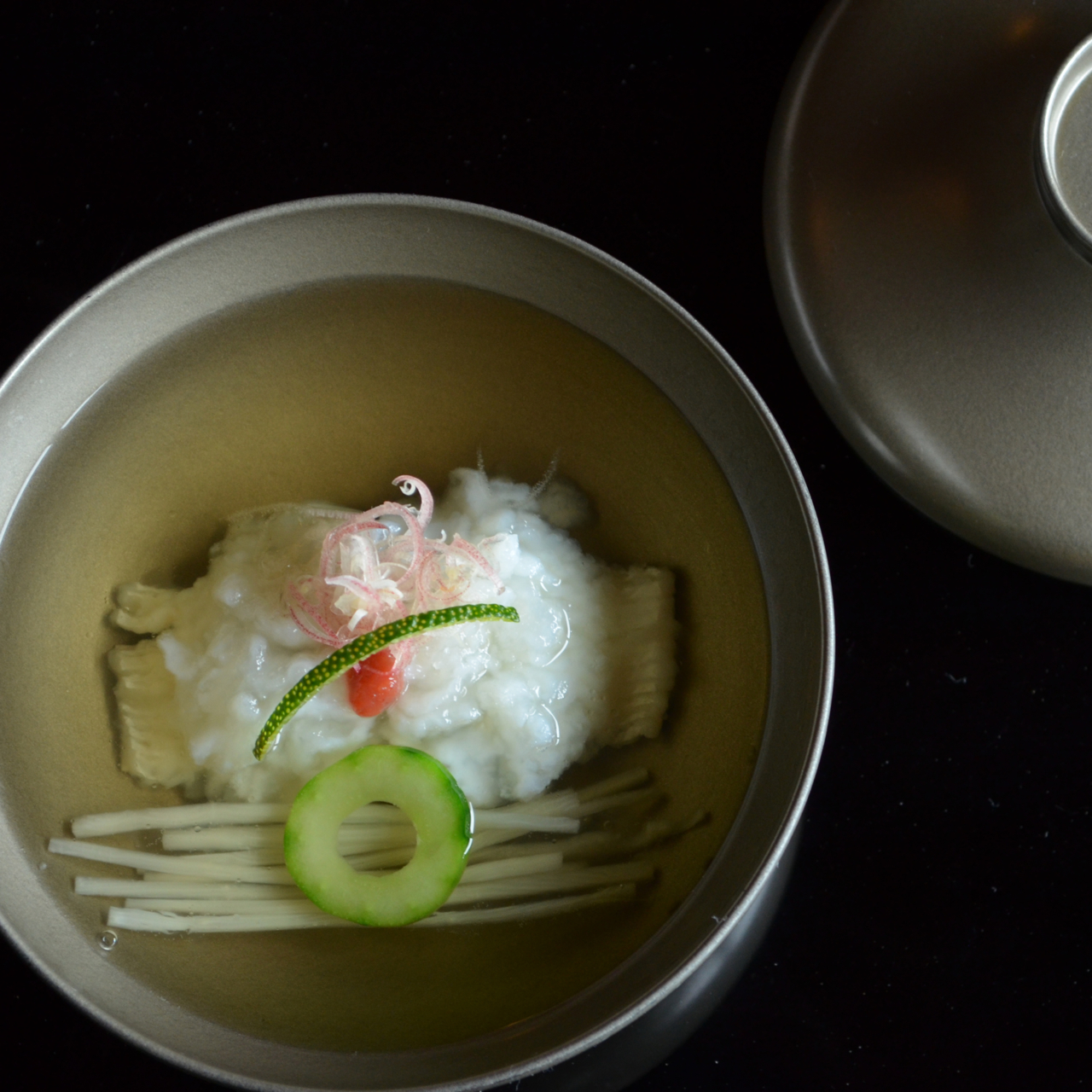

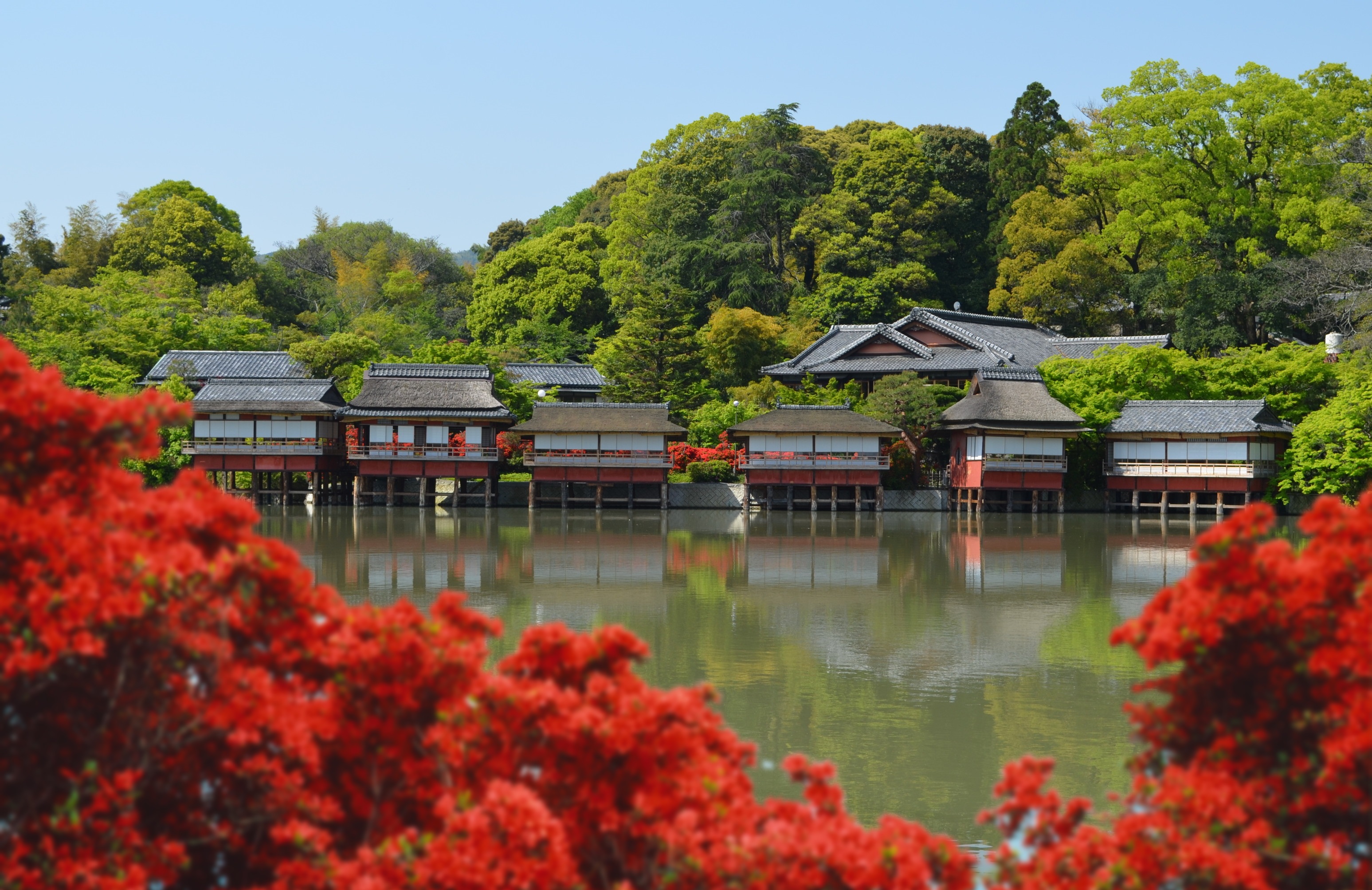
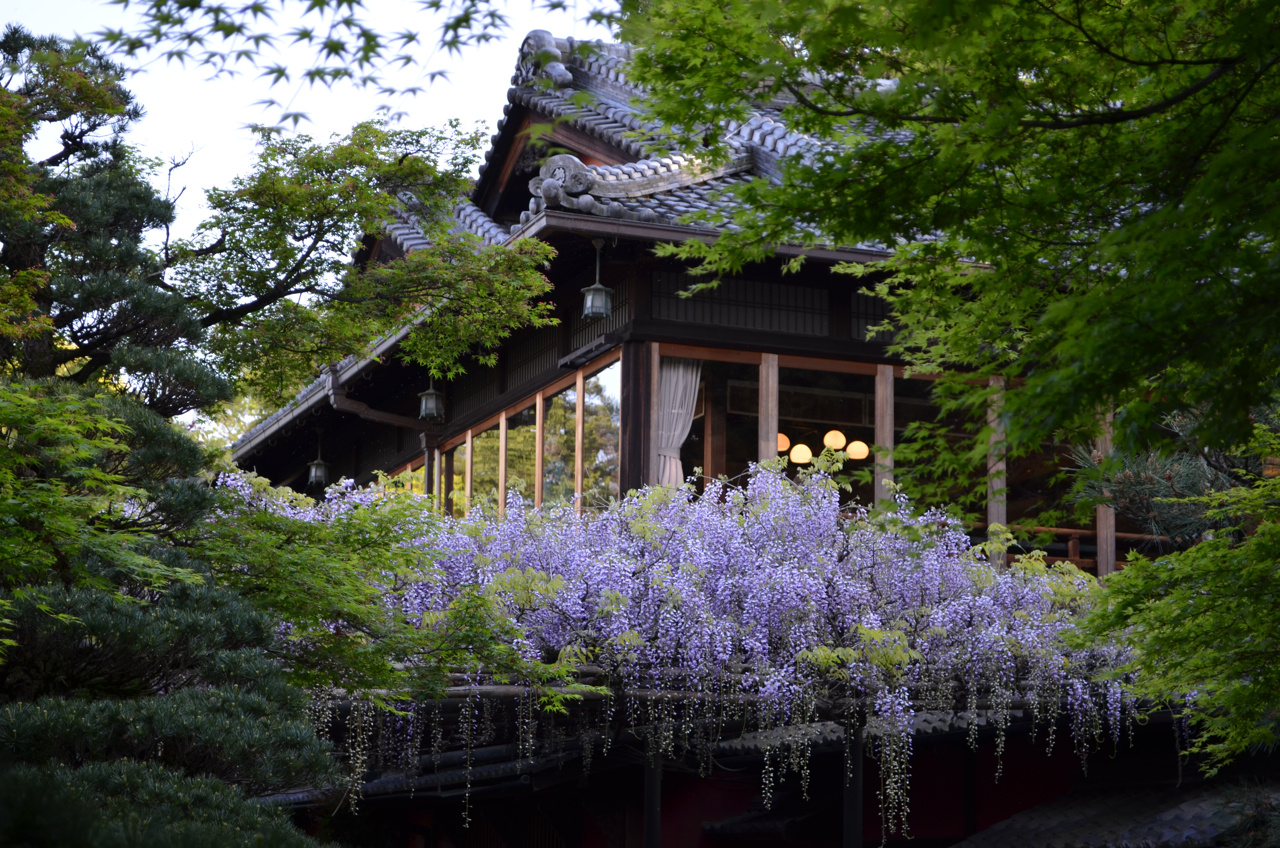
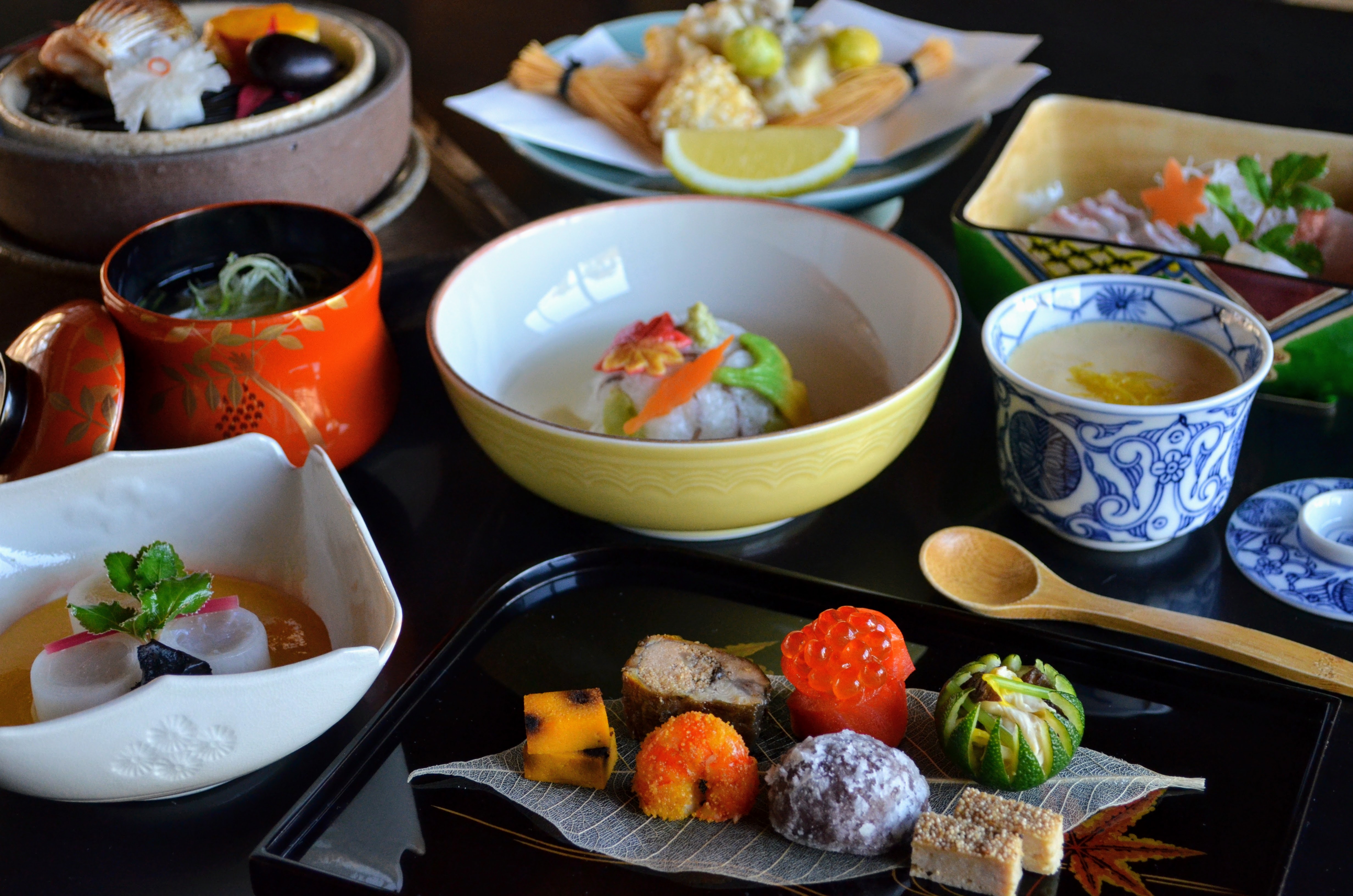
- Kyoto Kaiseki cuisine from long-established ryotei restaurants (Japanese-style restaurant) supporting the beautiful gastronomic culture of Kyoto
-
Kaiseki cuisine is a traditional gastronomic culture, a style of sumptuous, delicate and well-balanced course meals. Among kaiseki cuisin, Kyo-kaiseki emphasises the importance of seasonality to suit Kyoto people, who have a particularly high sense of beauty, and uses delicious ingredients of the season from Kyoto and arranges them in beautiful dishes. The dishes are also decorated in such a way as to evoke an image of the season at a glance. Kaiseki cuisine is a traditional gastronomic culture that developed as part of the tea ceremony. It originated when tea masters needed to serve light meals before and after tea ceremonies. In Kyoto, this was combined with the culture of Kyo-ryori (Kyoto-style cooking) and shojin ryori (vegetarian cooking), established the own kaiseki cuisine from Kyoto, known as Kyo-kaiseki. In this experience, you can taste Kyo-kaiseki at Kinsuitei, a restaurant in Nagaokakyo, which has an important meaning in the history of Japan, where the capital was located 1200 years ago and is very well known locally as the best bamboo shoot restaurant in Japan.
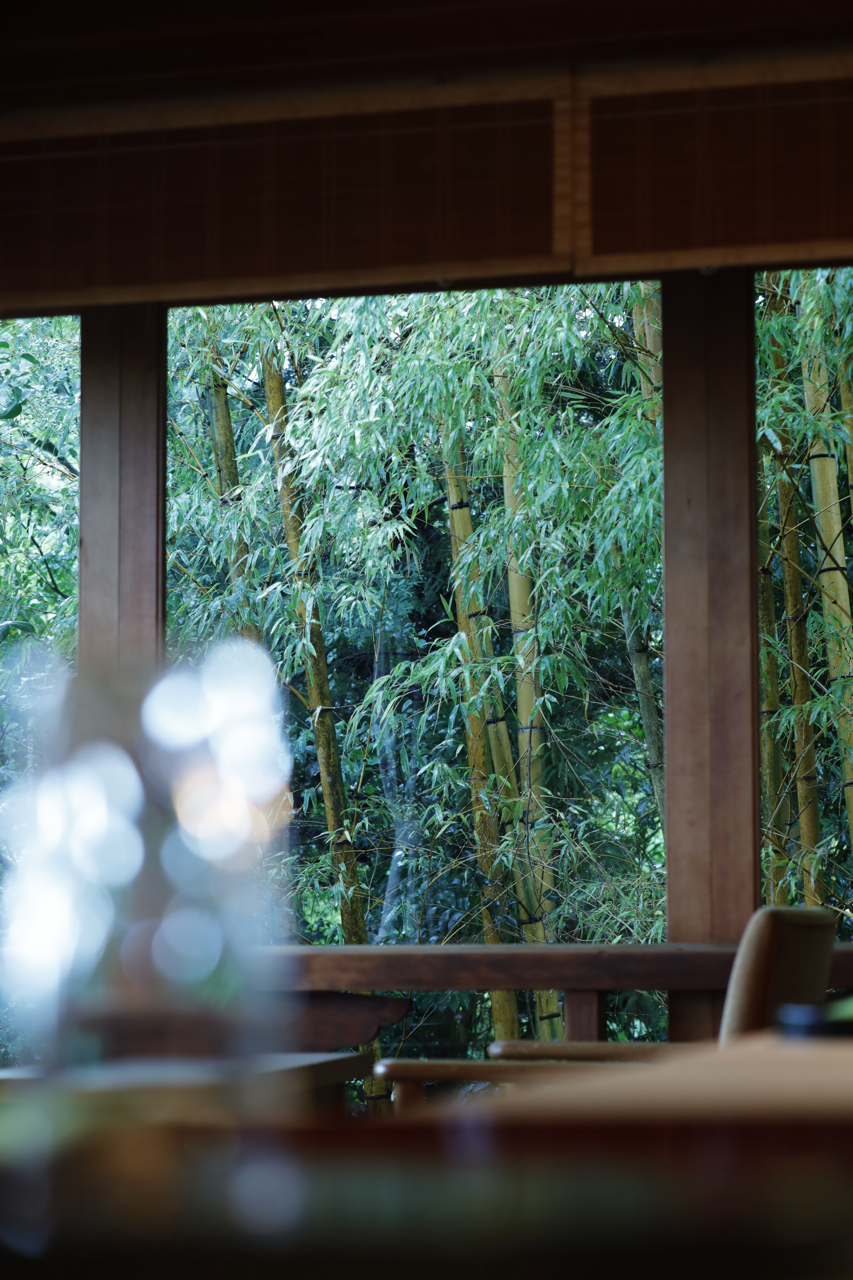
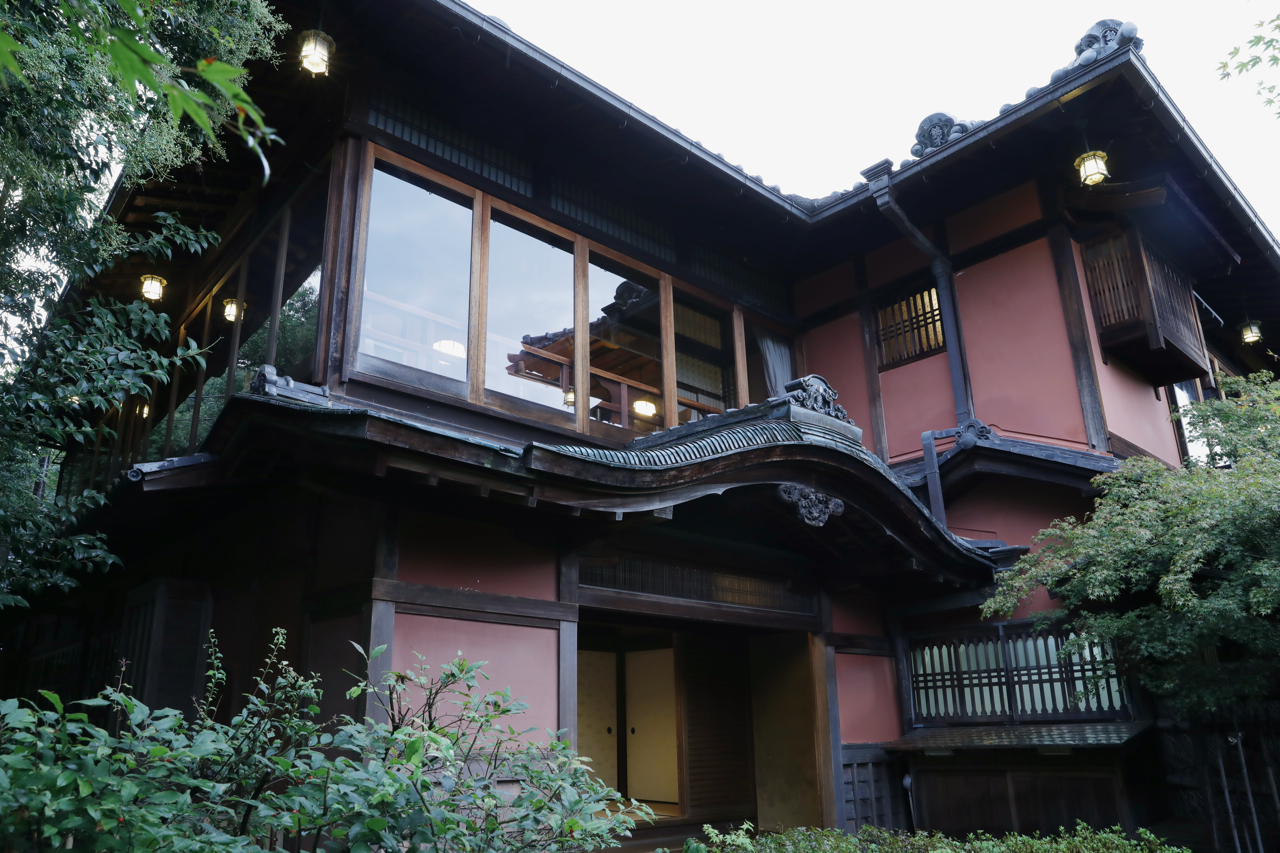
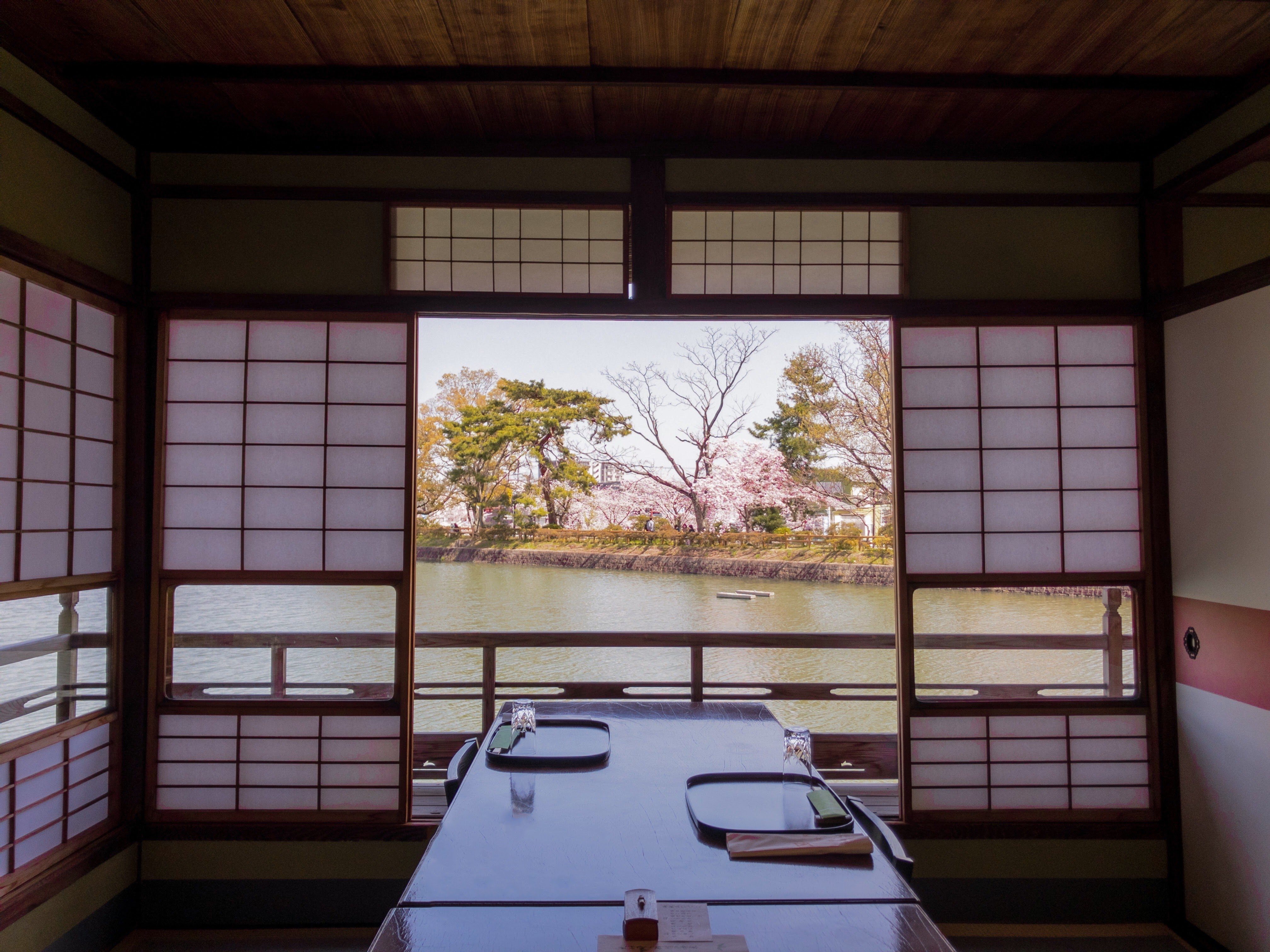
- "Kyo bamboo shoots", famous Nagaokakyo products and "Kinsuitei", a Kyo-kaiseki restaurant.
-
The city of Nagaokakyo, where Kinsuitei is located, is famous for Kyo bamboo shoots. In order to serve delicious bamboo shoot dishes, Kinsuitei grows bamboo shoots in its own bamboo shoot fields in the traditional way. Bamboo shoots are loved by Japanese people as one of the seasonal spring taste in Japan. Kyo bamboo shoots refer to fresh and tasty bamboo shoots from Kyoto, which are harvested using special cultivation methods. It is characterised in particular by its white color as it is called white bamboo shoot, soft taste and sweetness.
The Otokuni region of Kyoto is famous for its bamboo shoots and is known as the production centre of 'Kyoto bamboo shoots'. The reason for this is that the Otokuni region is believed to be one of the first places where moso bamboo (a type of bamboo from which bamboo shoots are harvested) was transplanted from China to Japan. In the Otokuni region, a special cultivation method known as the 'Kyoto-style softening cultivation method' is used. The main feature of this method is that straw and soil are spread over the entire field every autumn and winter to thicken the soil layer, and the bamboo shoots are harvested in spring while they are still in the ground. This process takes a lot of time and hard work, the farmers' year-long efforts result in the most aromatic, softest and highest quality bamboo shoots in Japan.
Kyo bamboo shoots are basically a seasonal spring ingredient, so you can only enjoy the taste in spring season. However, Kinsuitei has devised a unique processing technique that allows you to enjoy bamboo shoots in seasons other than spring.
- He says
-
"I genuinely love this place. From the past to the present, I would like to pass on to future generations, for many years to come, the history that has been connected and preserved not only by generations of ancestors, but also by the various people who have supported Kinsuitei. We also work hard every day to maintain and develop ryotei and Japanese culture, and to play a role in passing it on to future generations."

- They say
-
"Kinsuitei is a long-established ryotei restaurant in Nagaokakyo City. In the main building, you can see a luxurious and gorgeous modern Japanese-style design with extensive use of Meiji-era timber, while the sukiya-style Ike-zashiki built over the Hachijoike Pond is said to be the ultimate form of Kyoto-style sukiya architecture, where nature and architecture become united. We hope you will take the time to enjoy a series of architecture together with the cuisine."
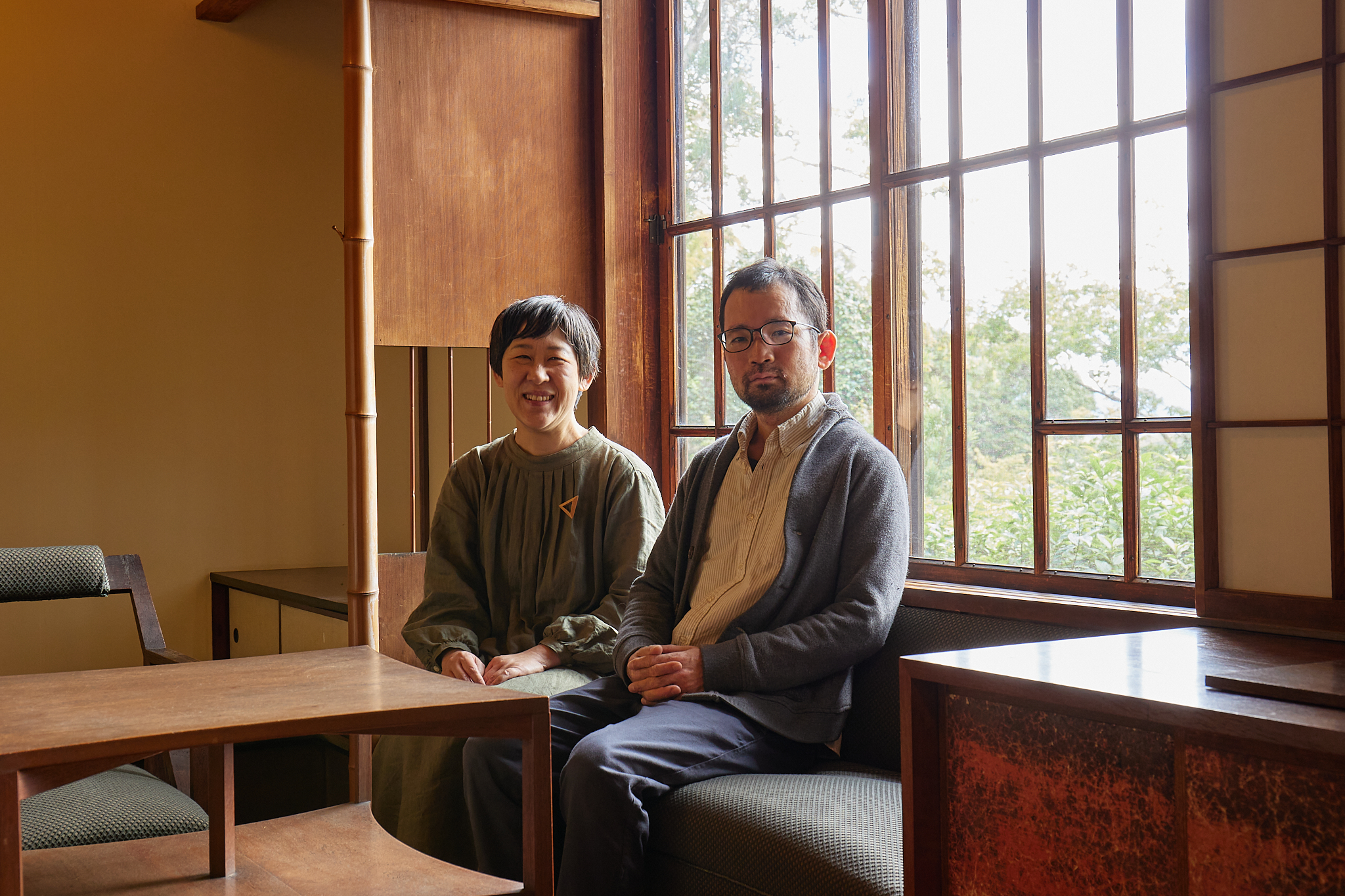
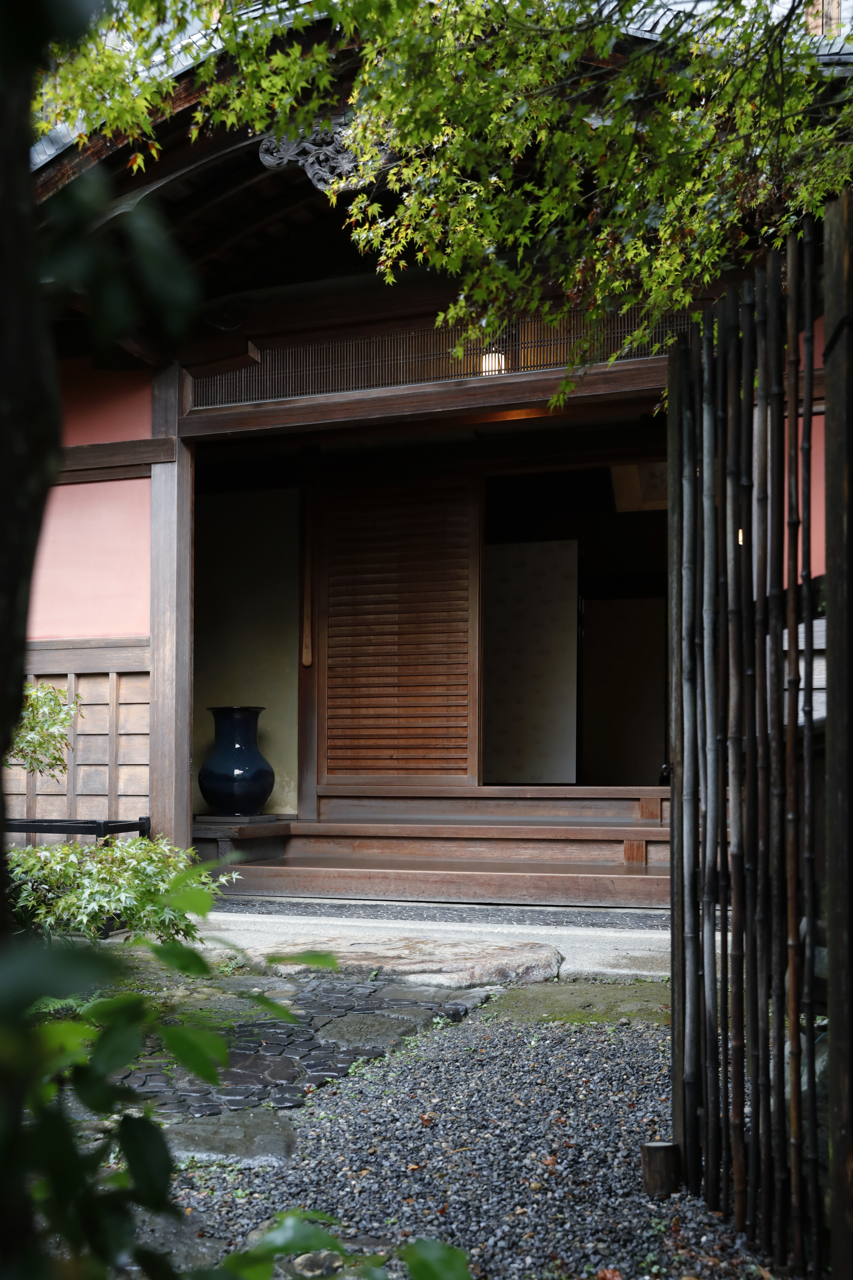
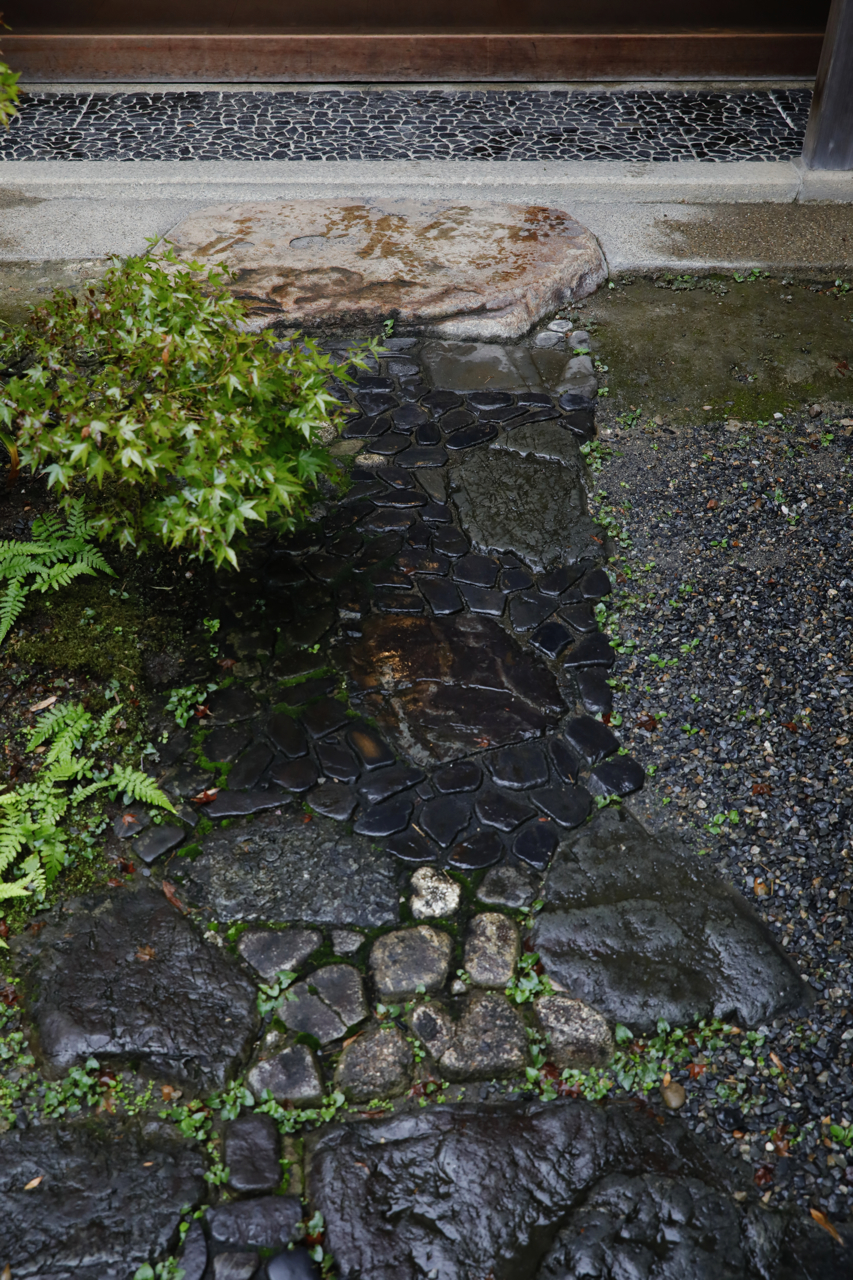
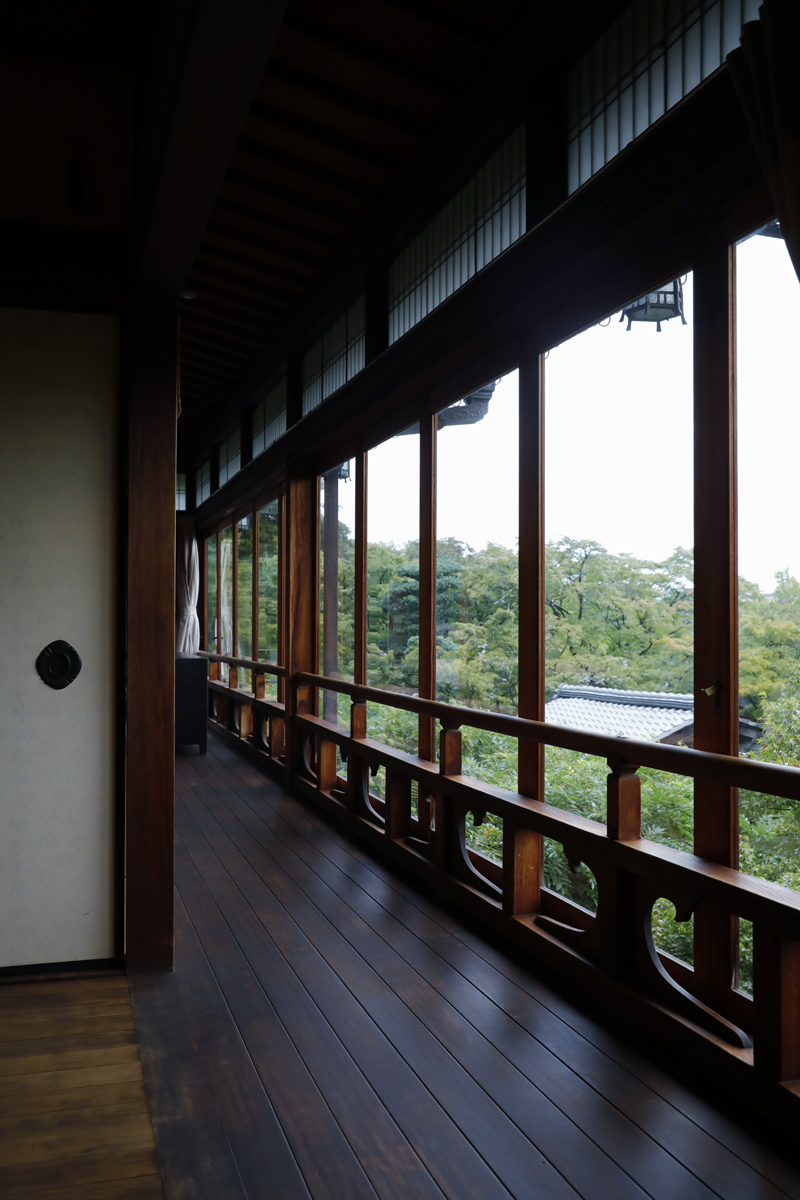
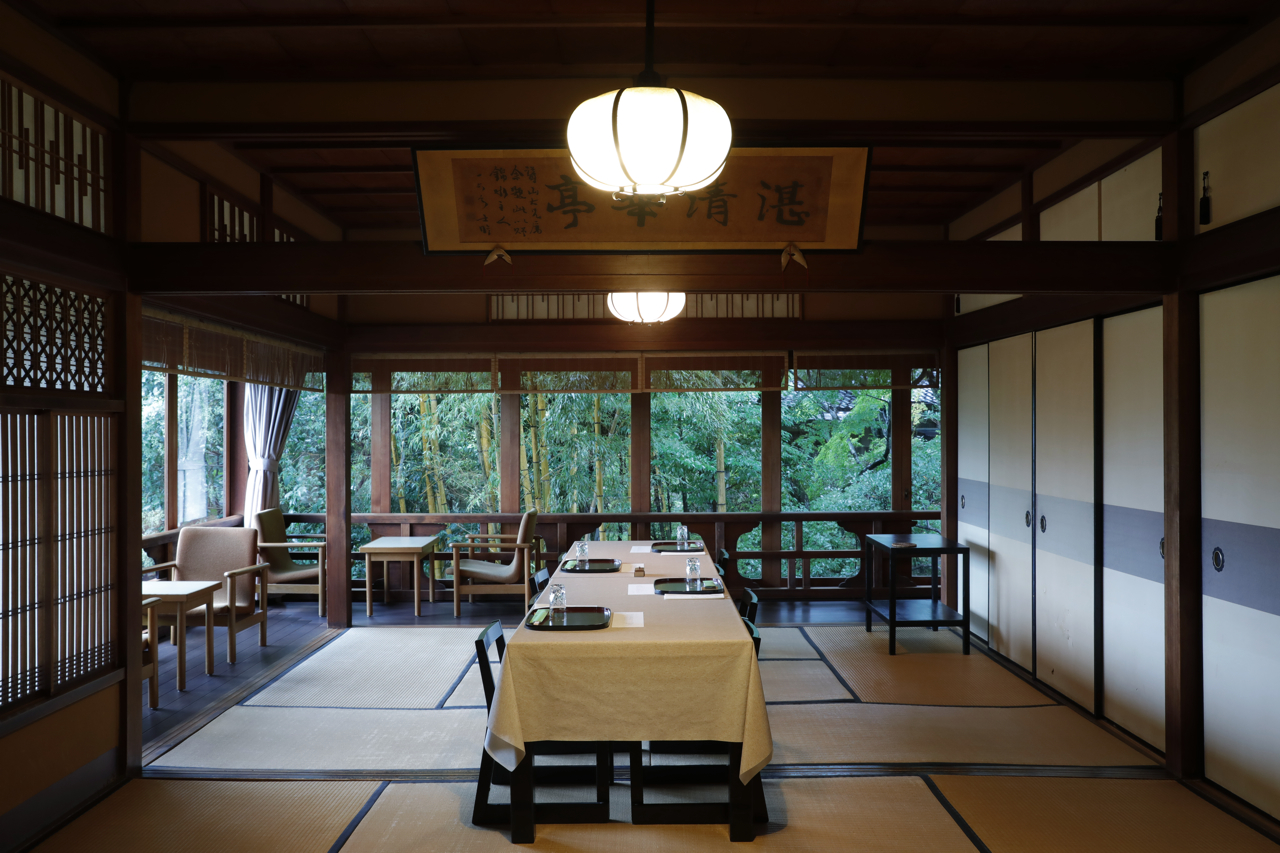
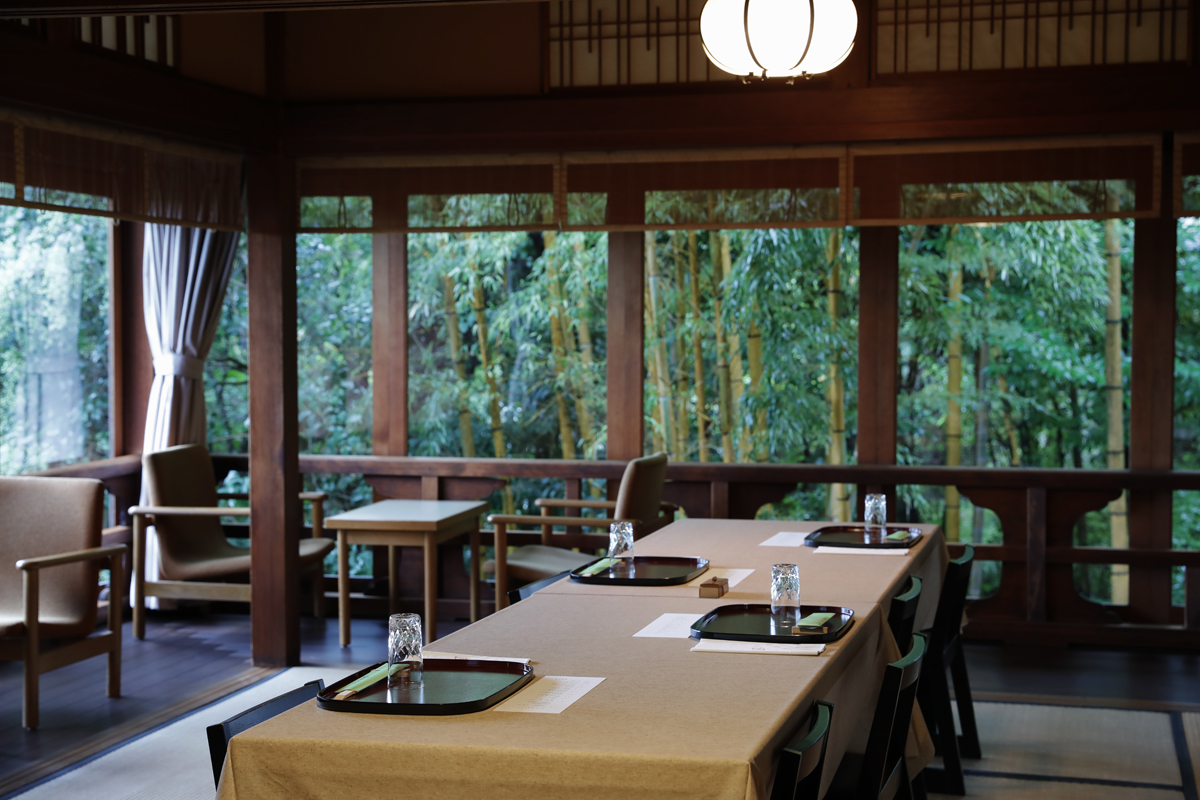
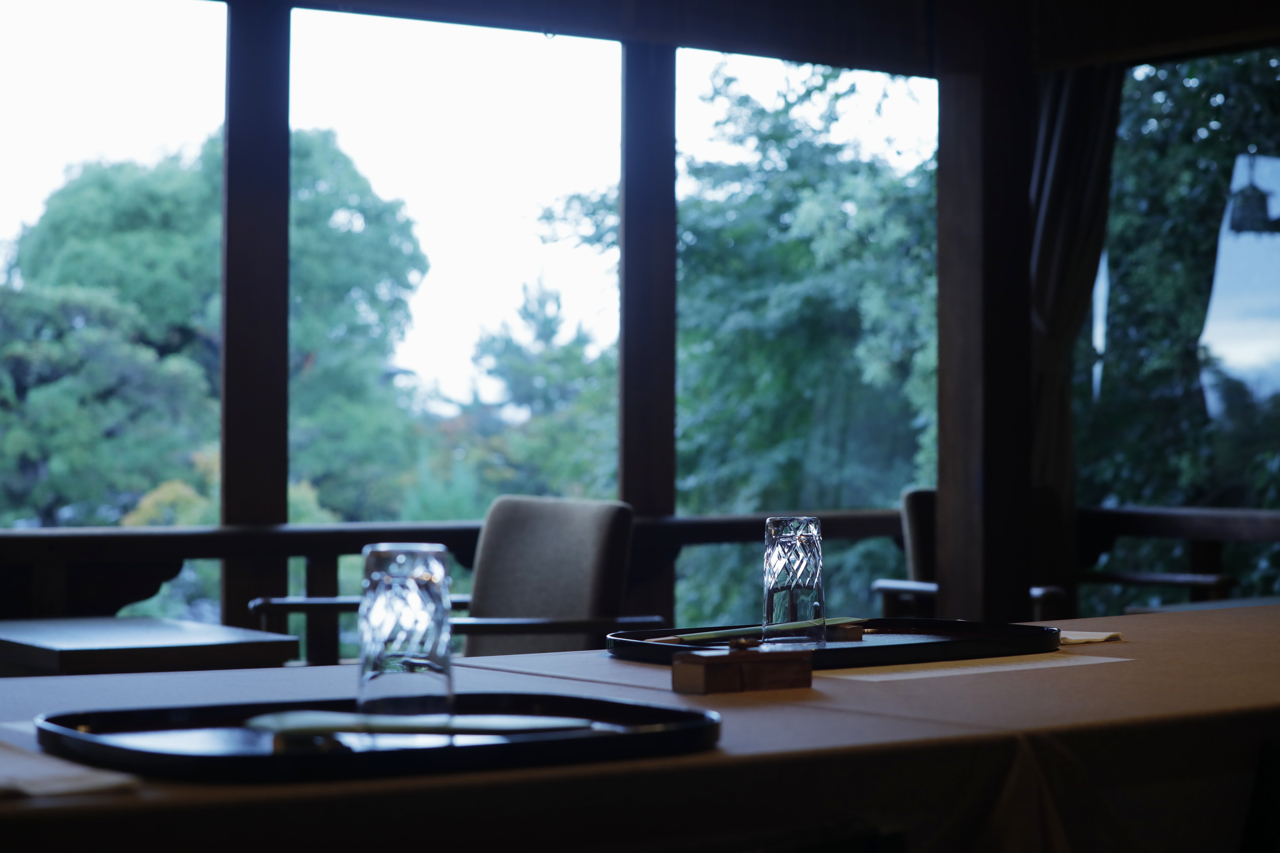
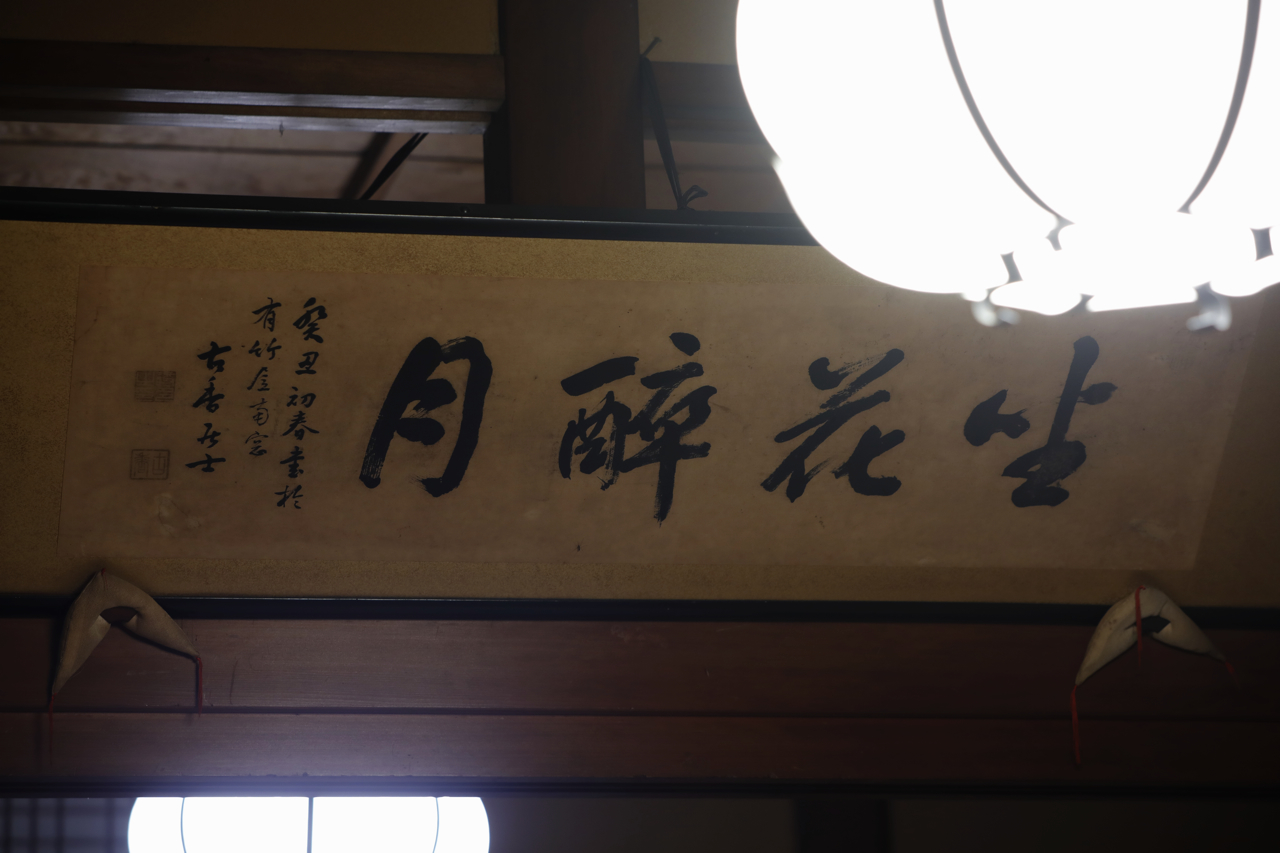
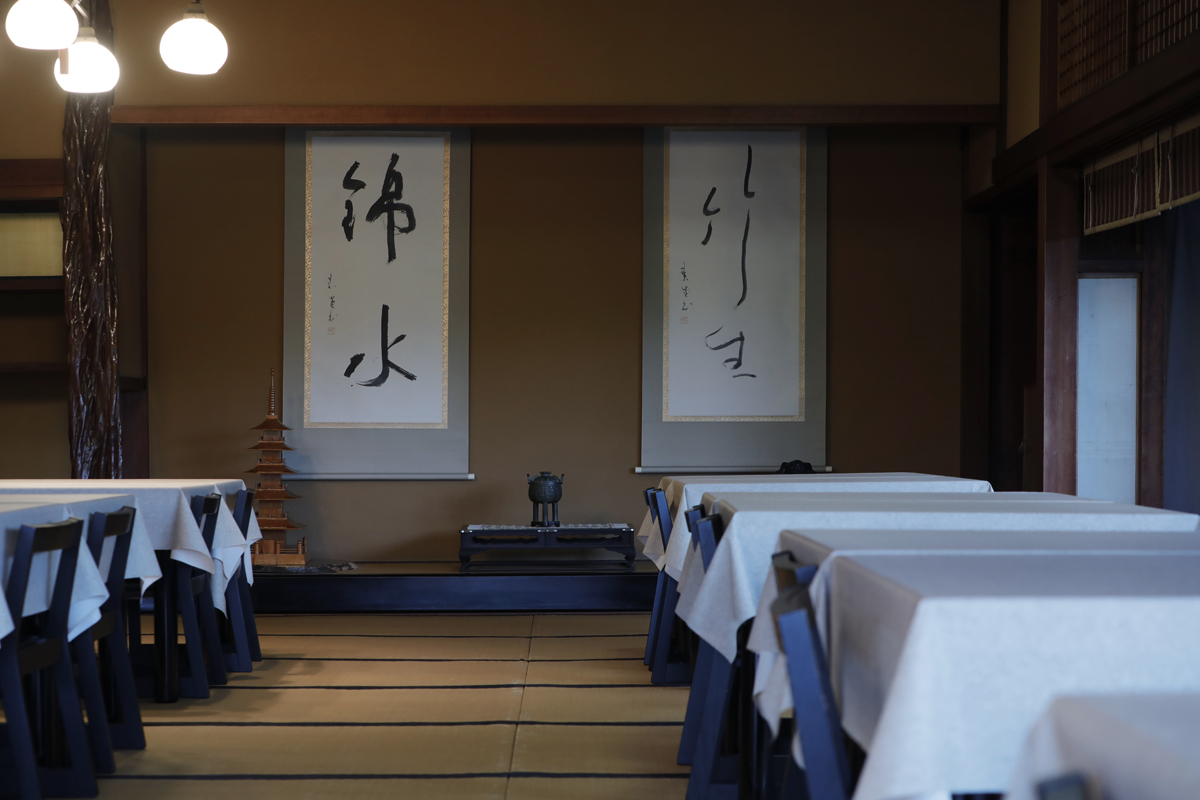
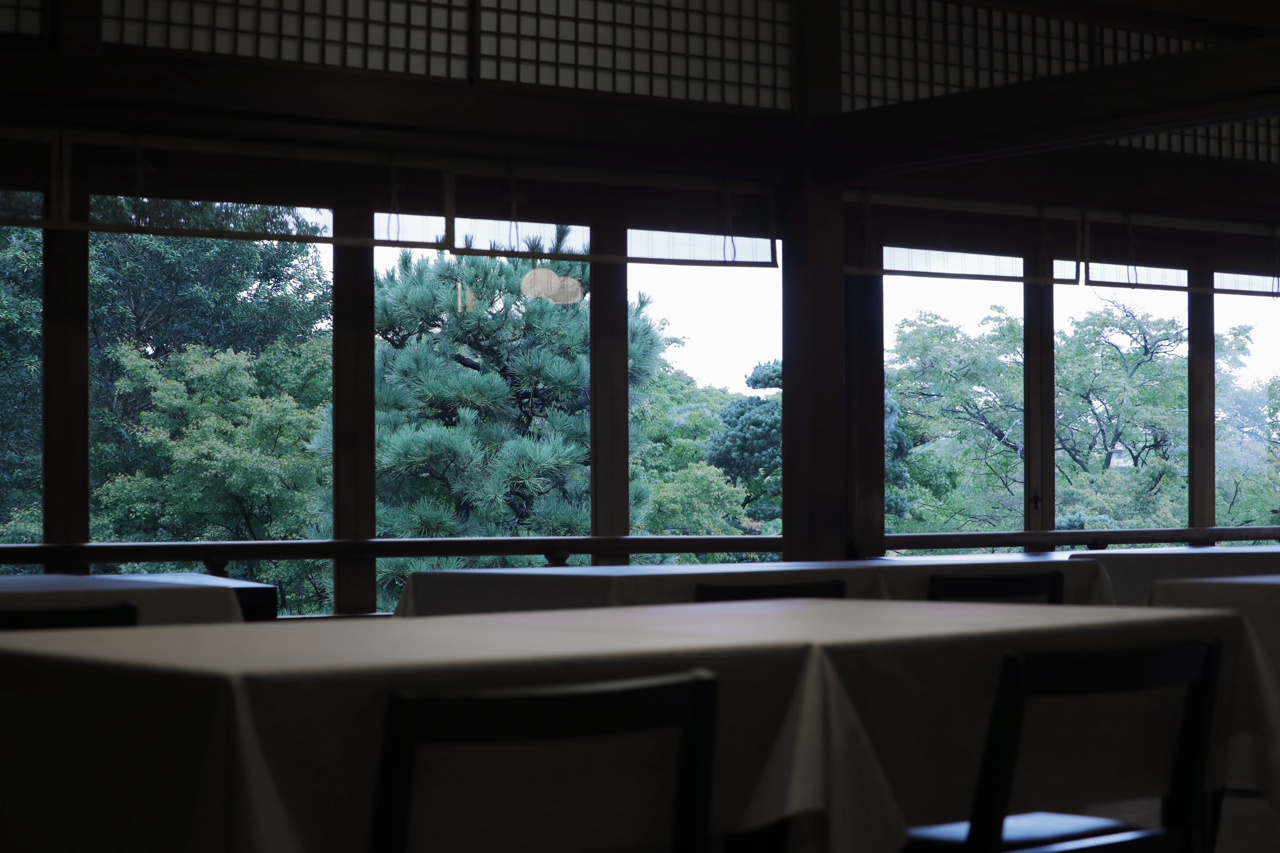
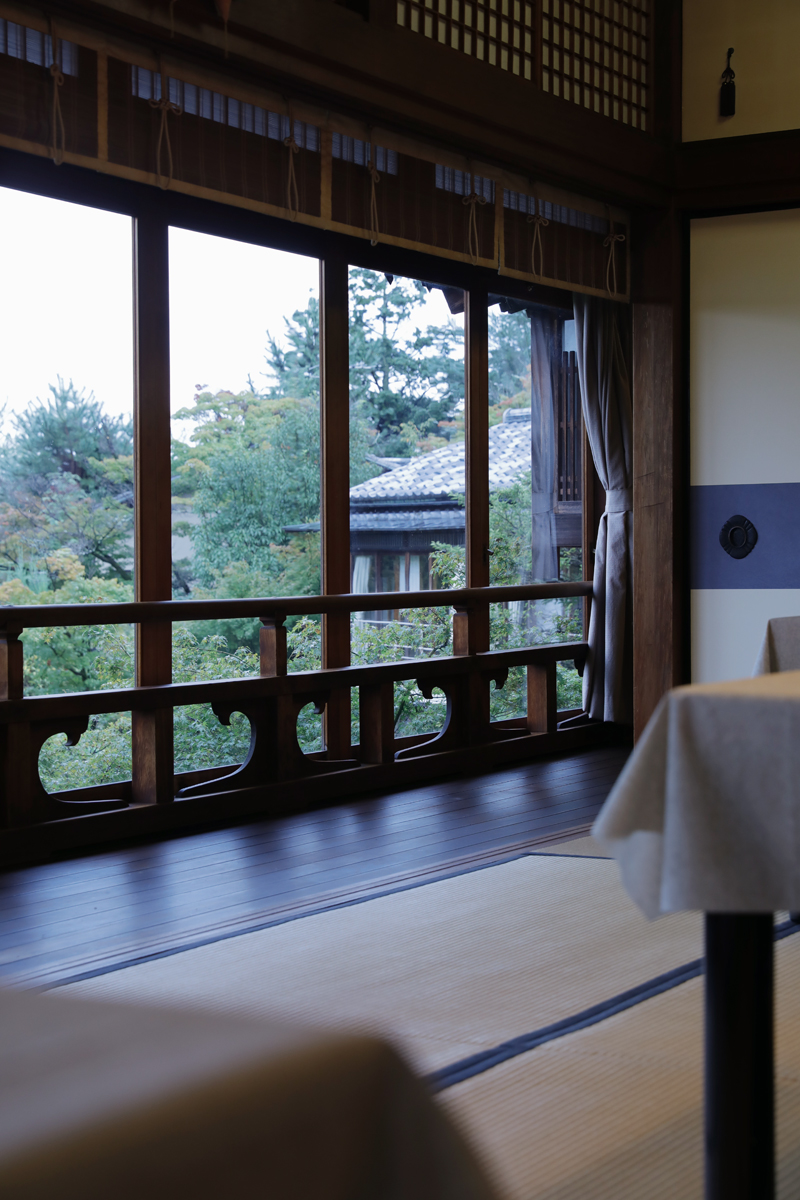
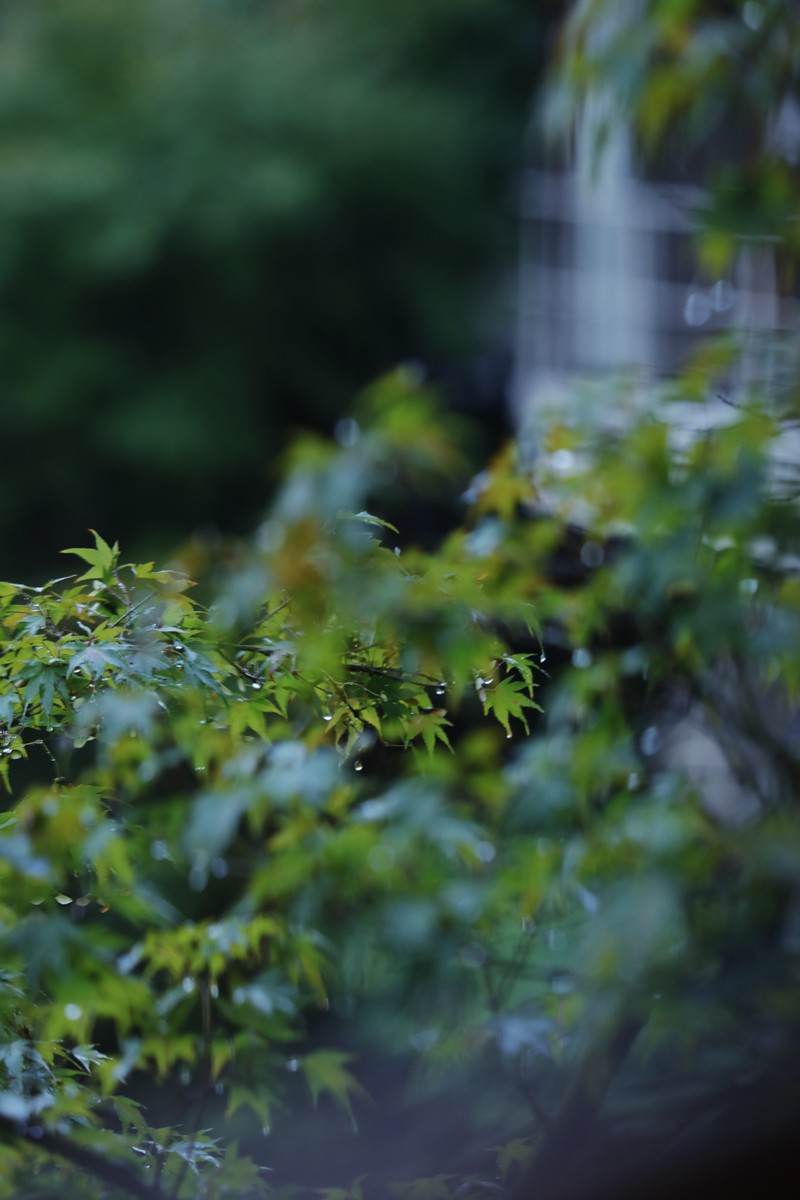
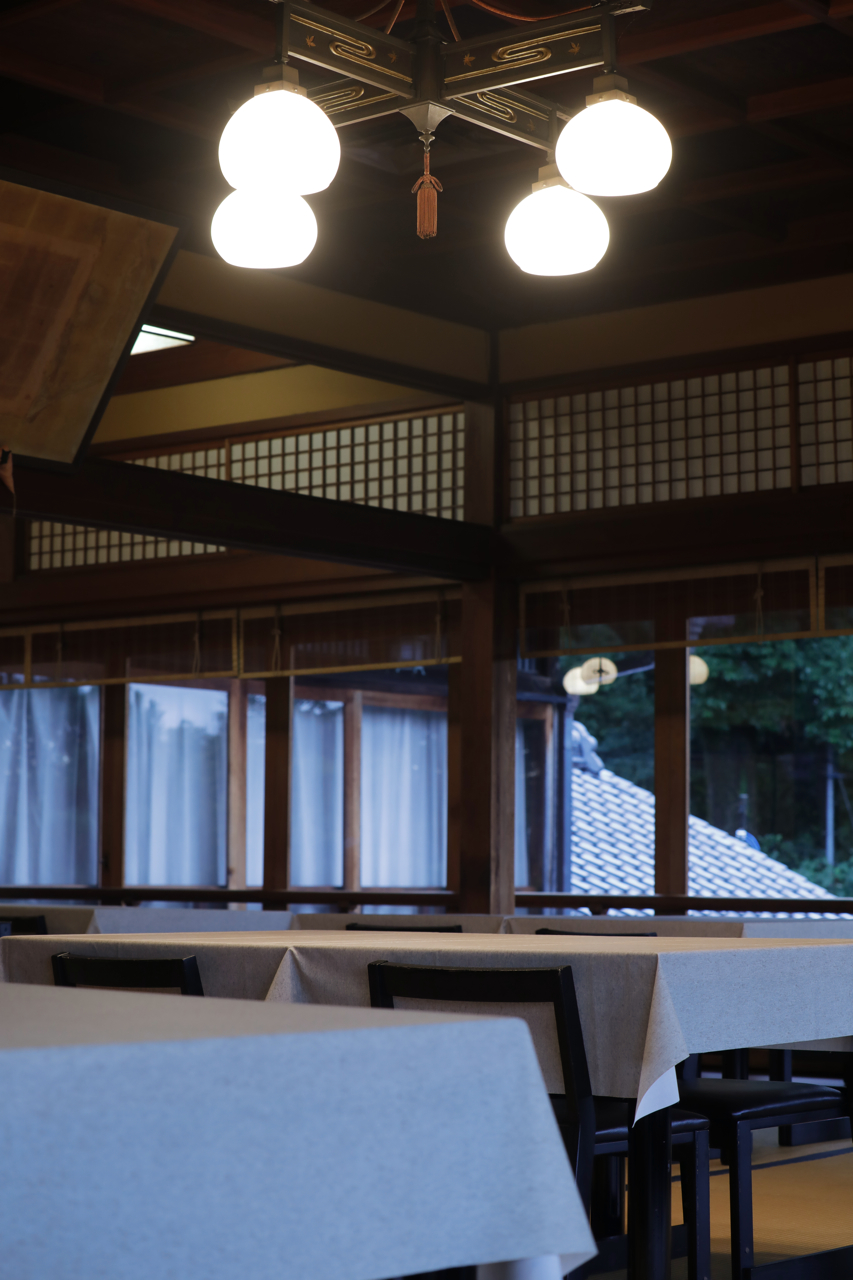
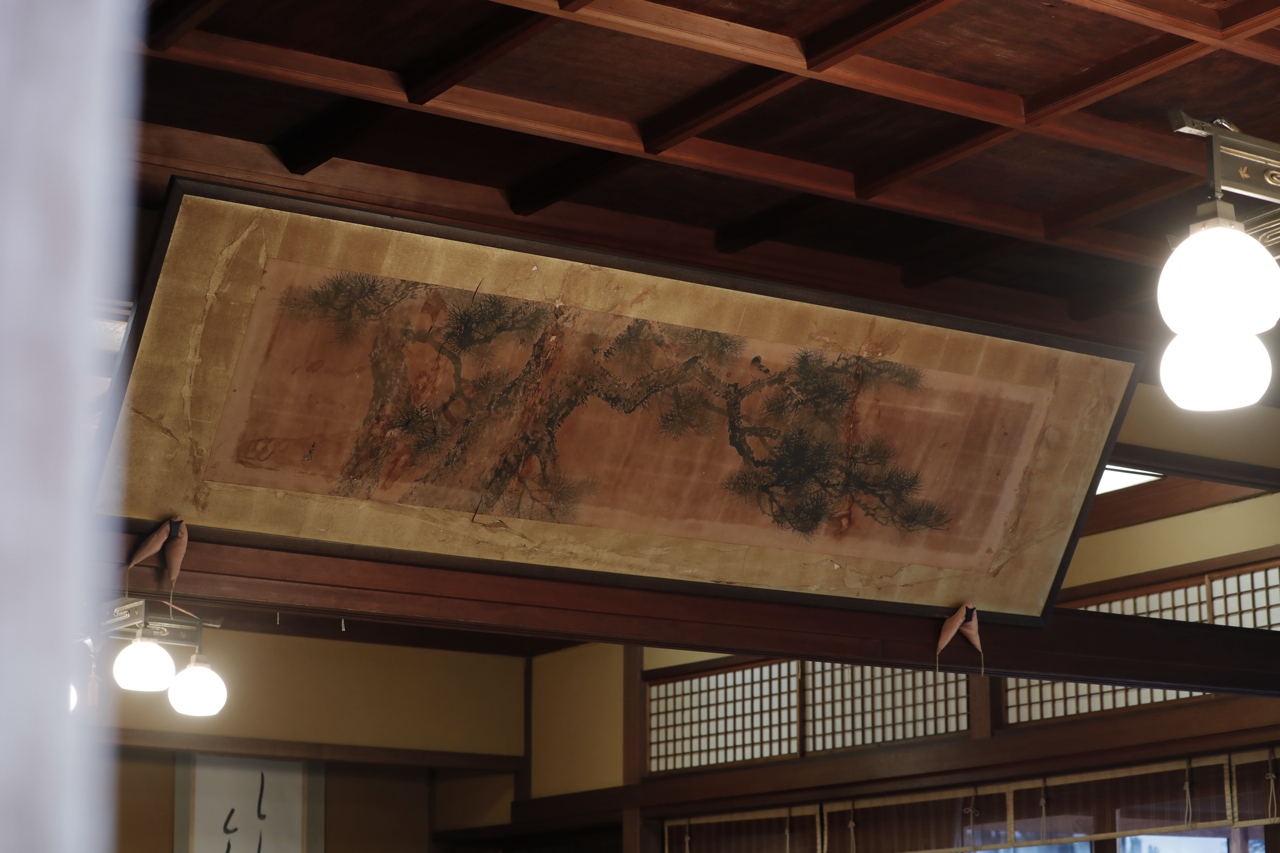
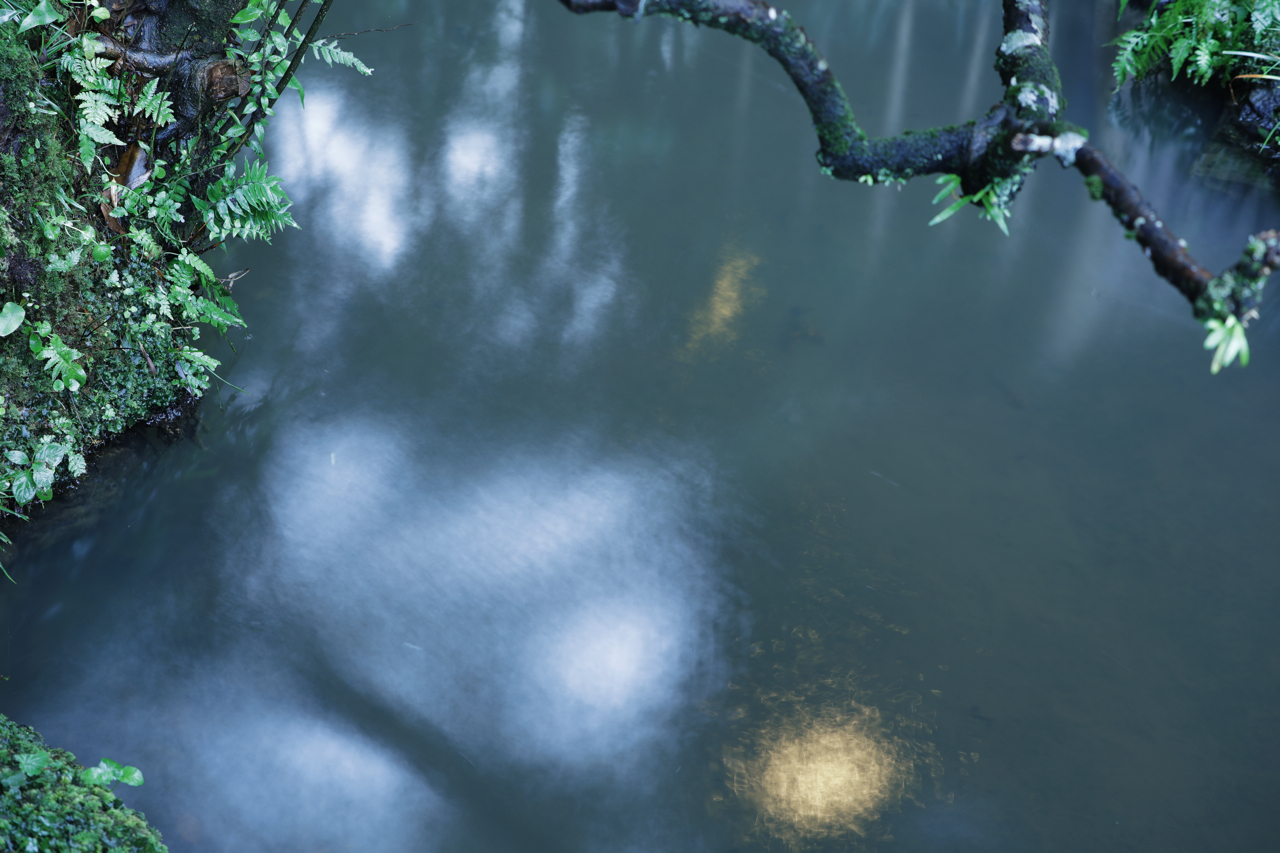
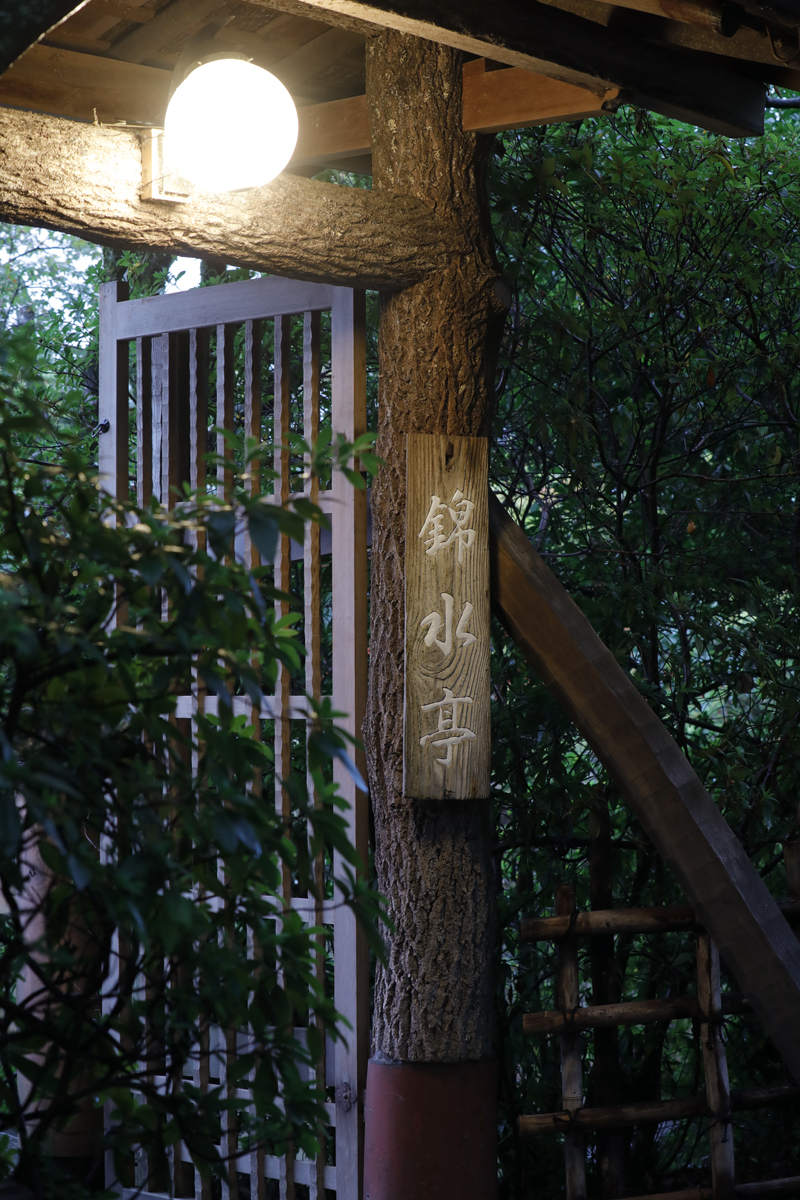
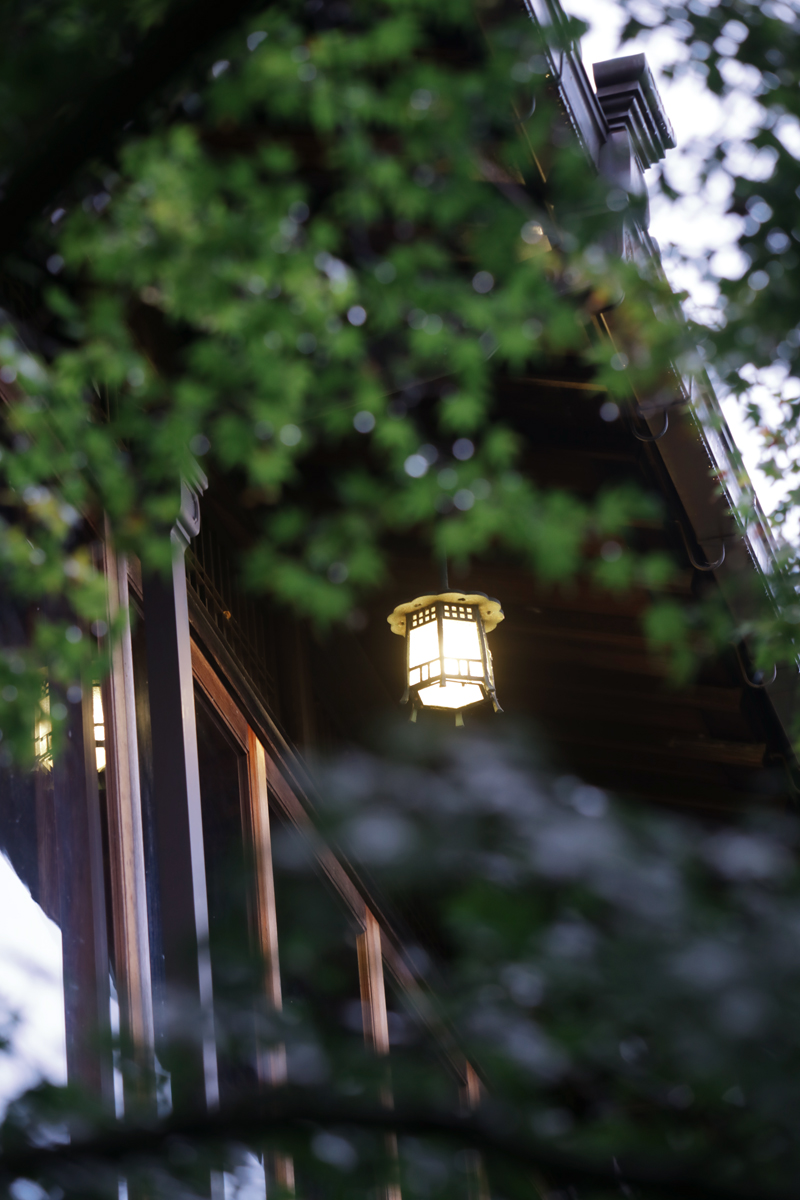


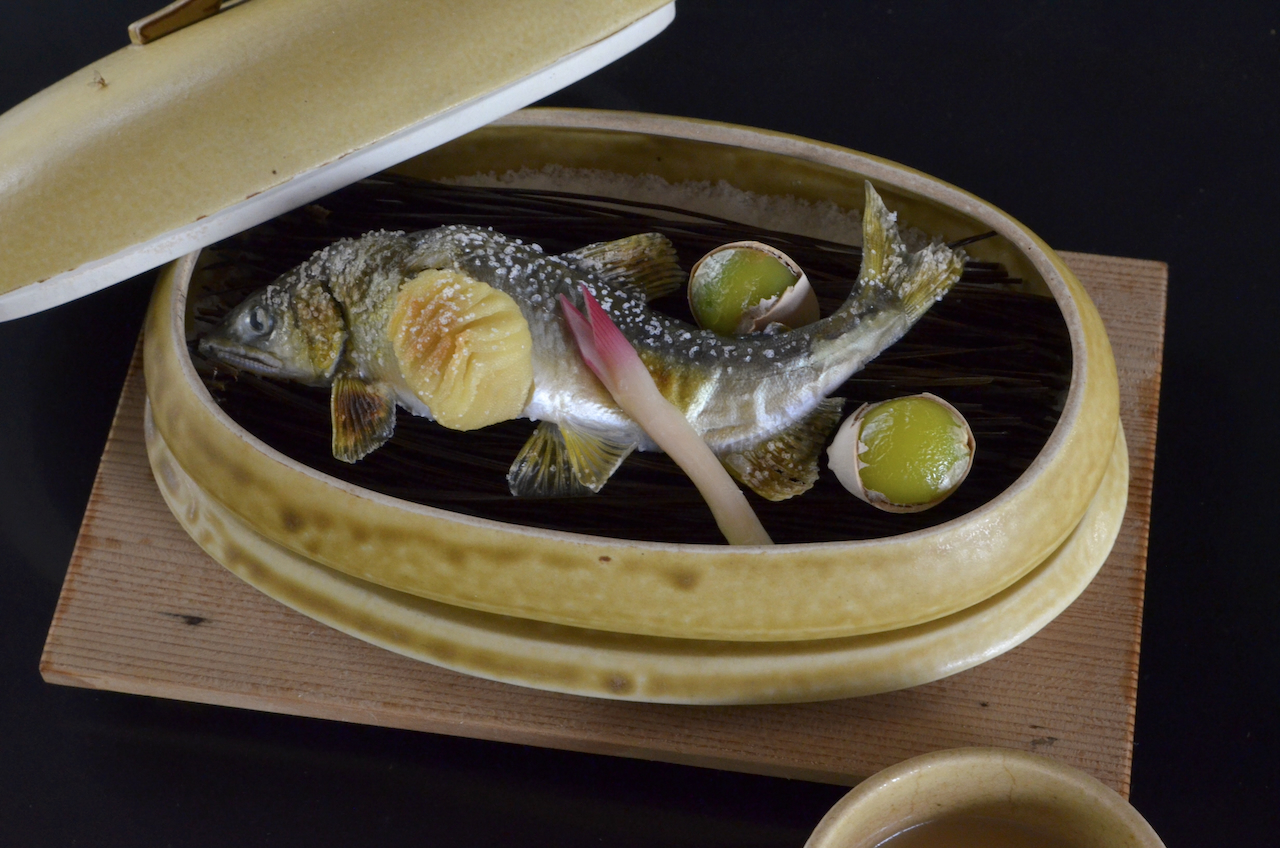
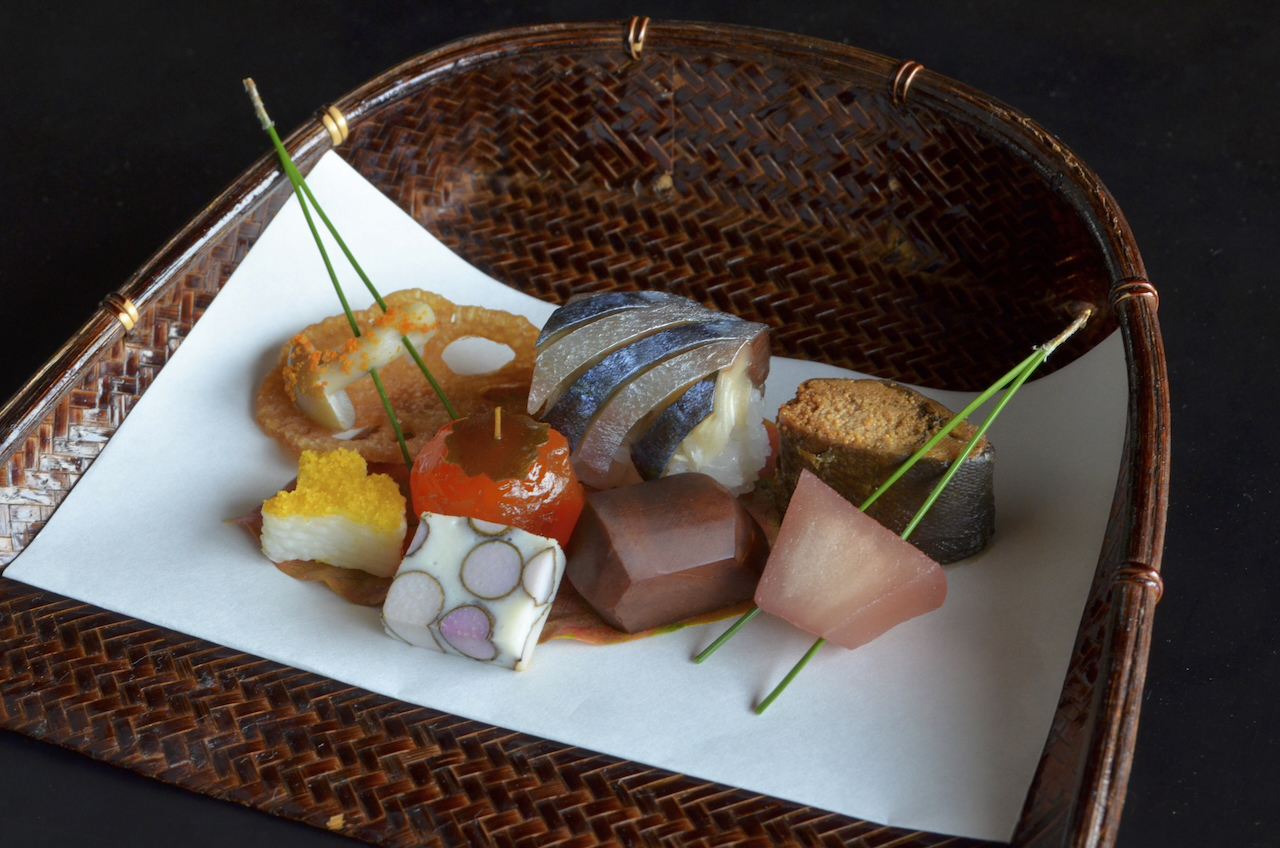
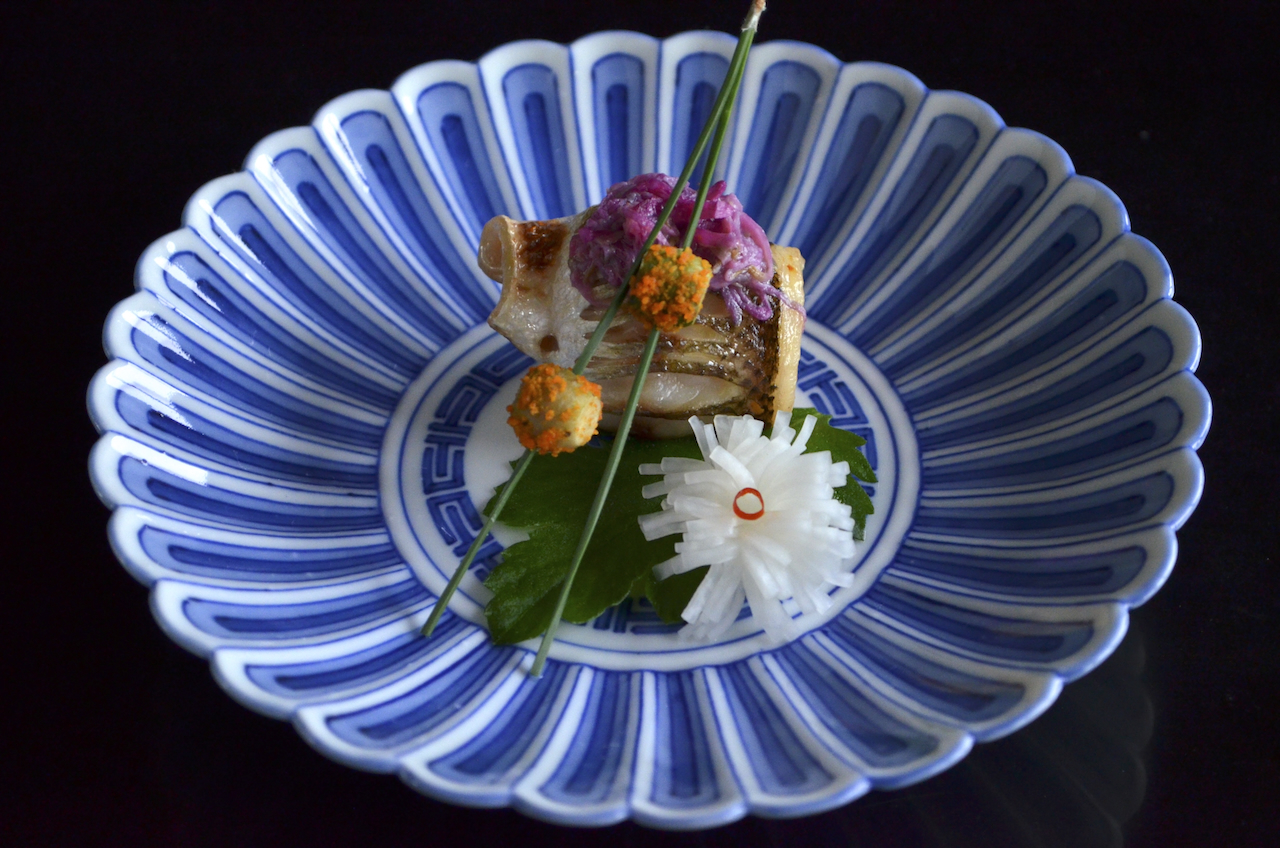
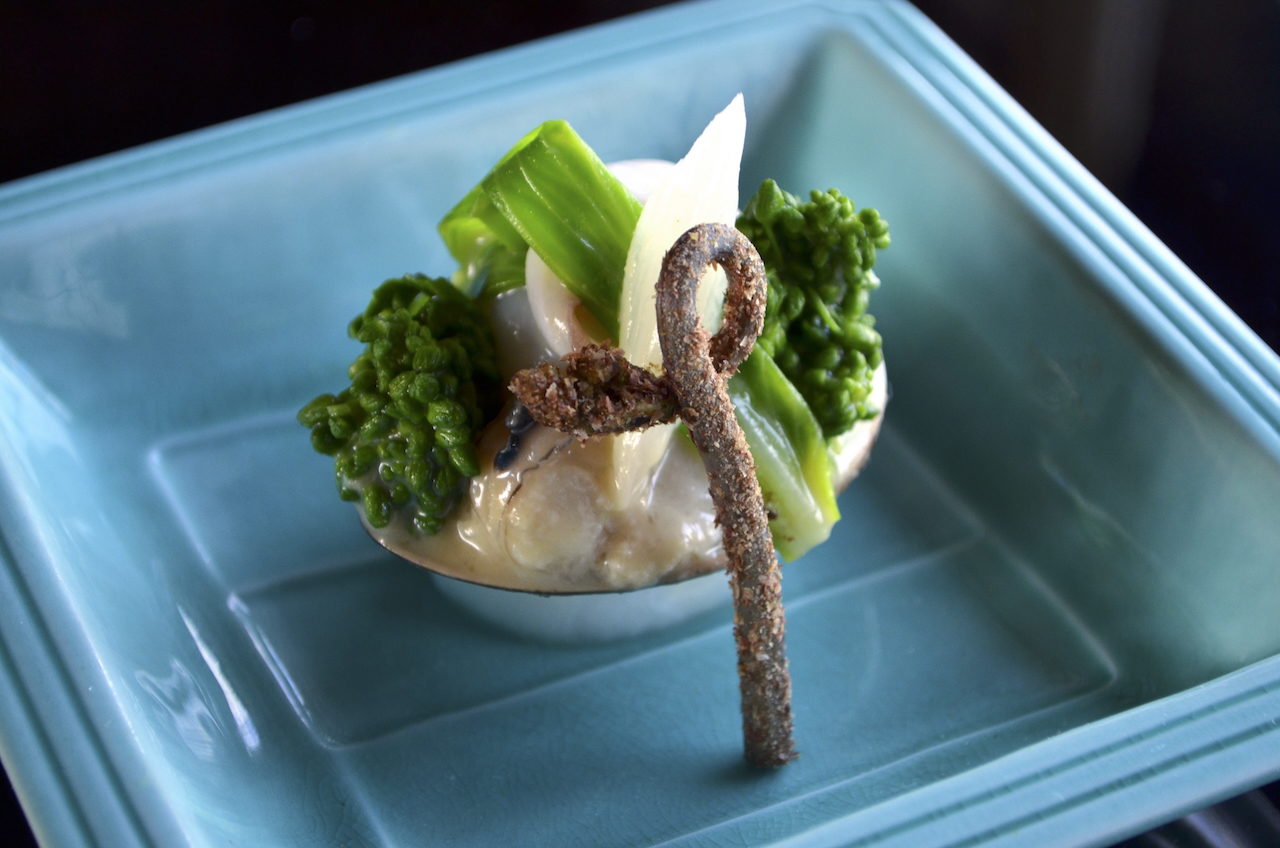
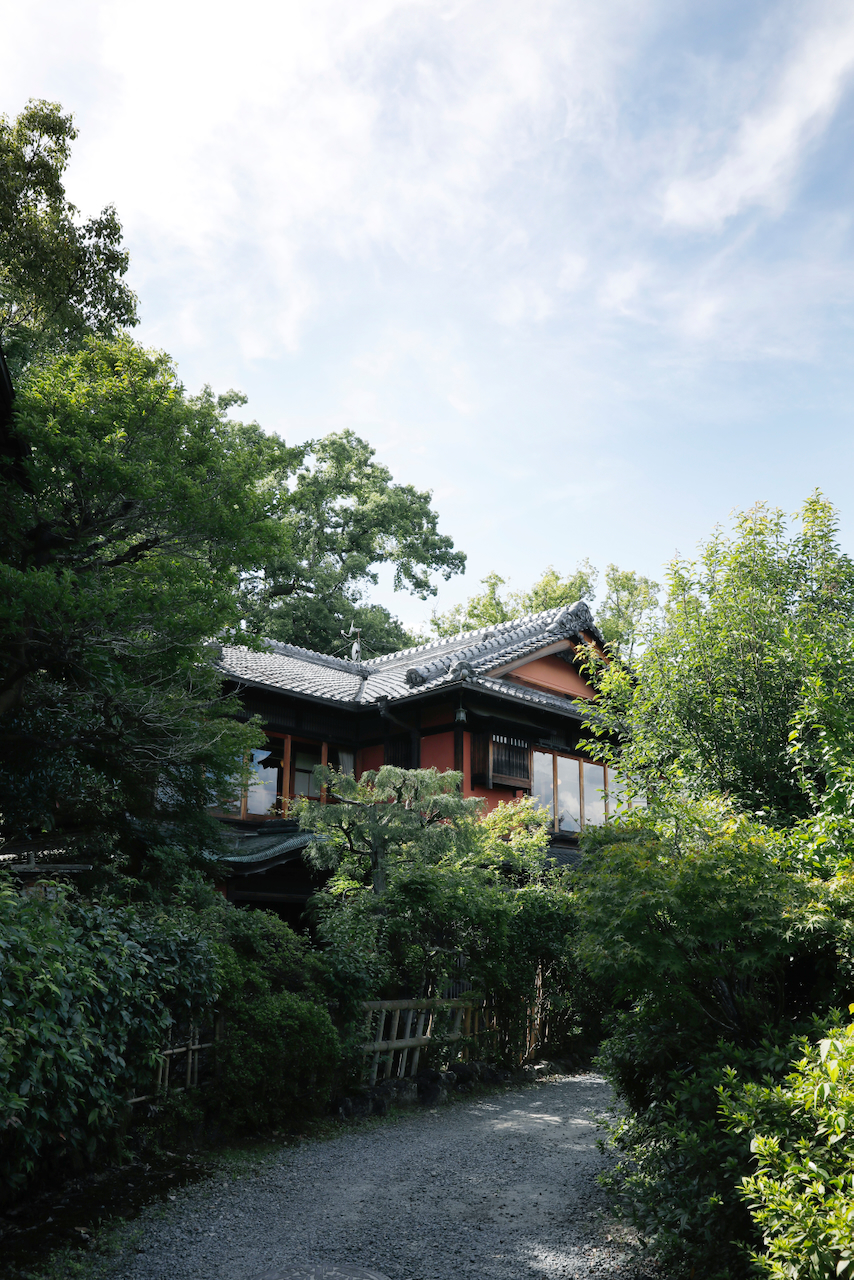
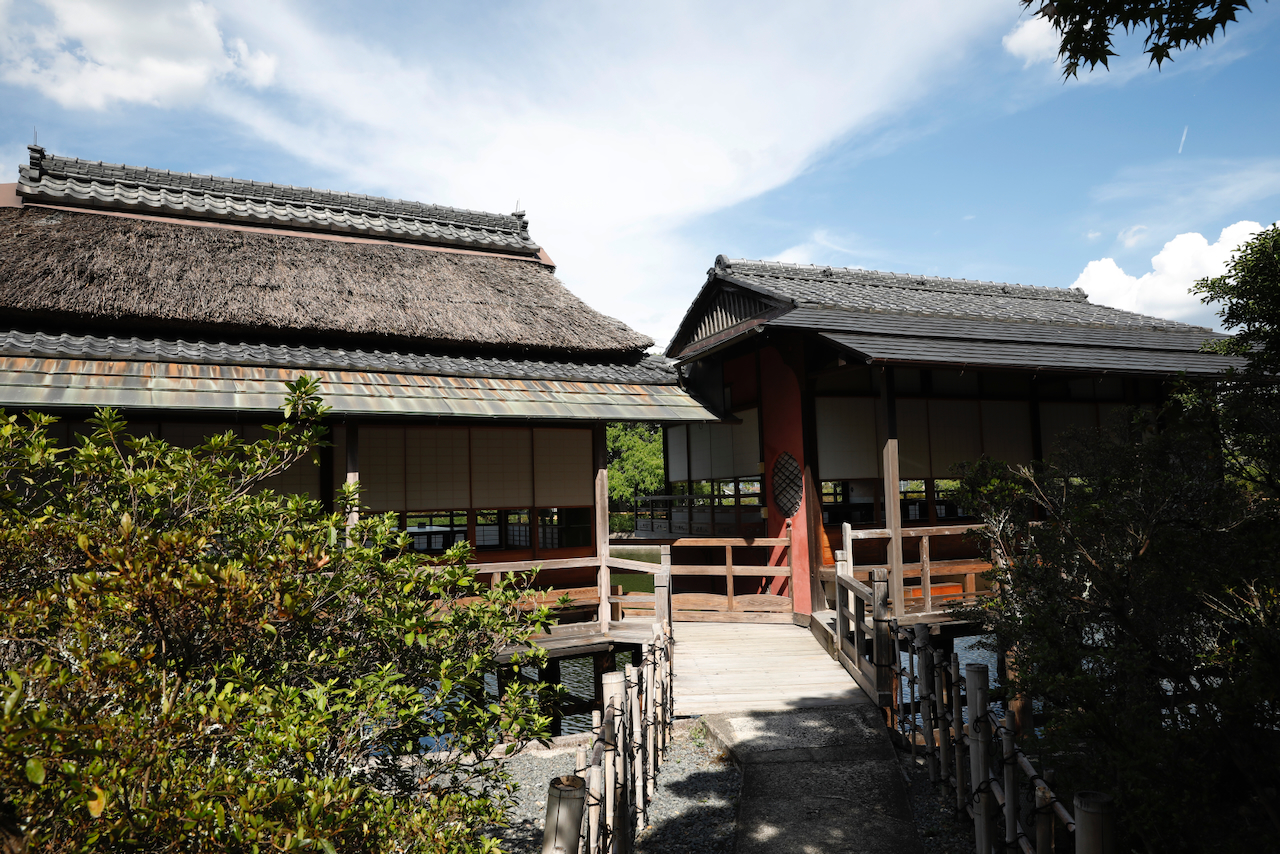
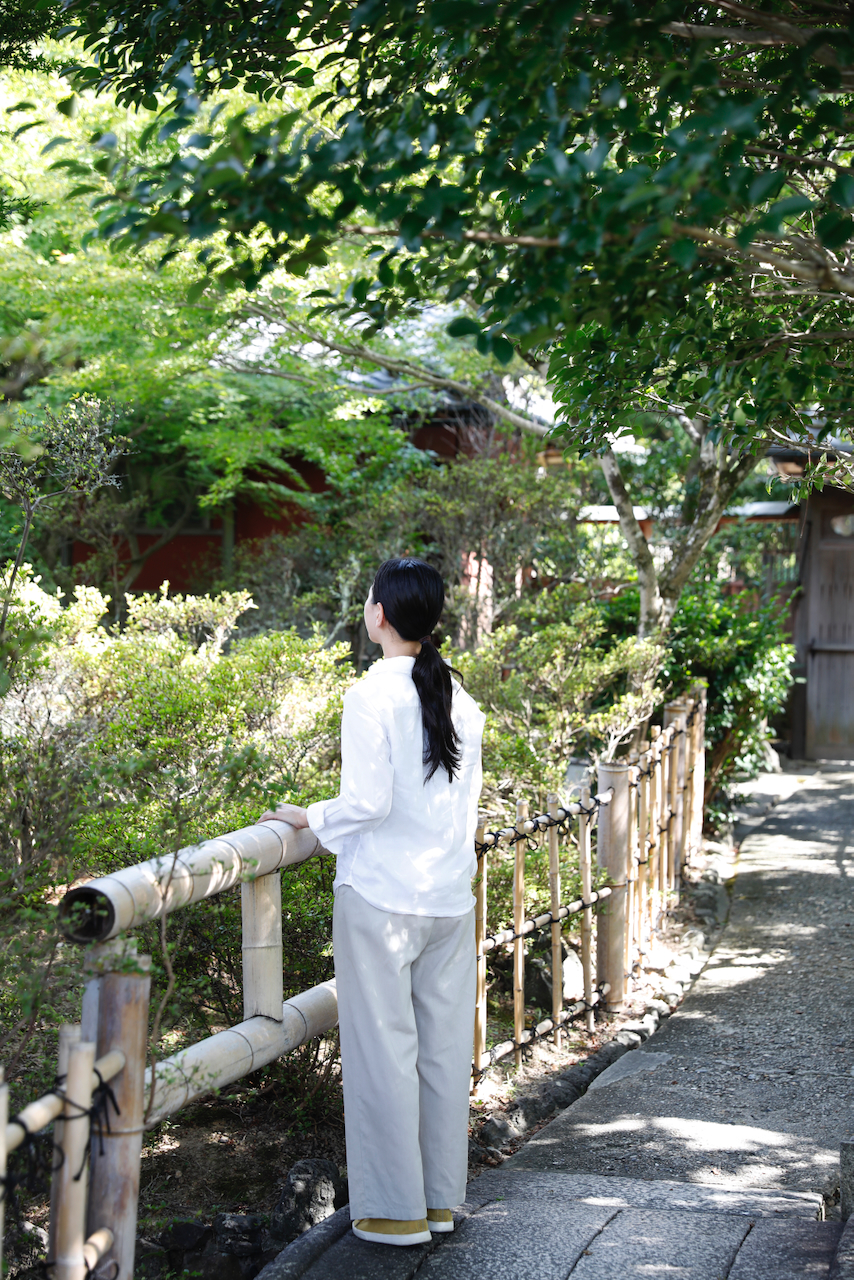
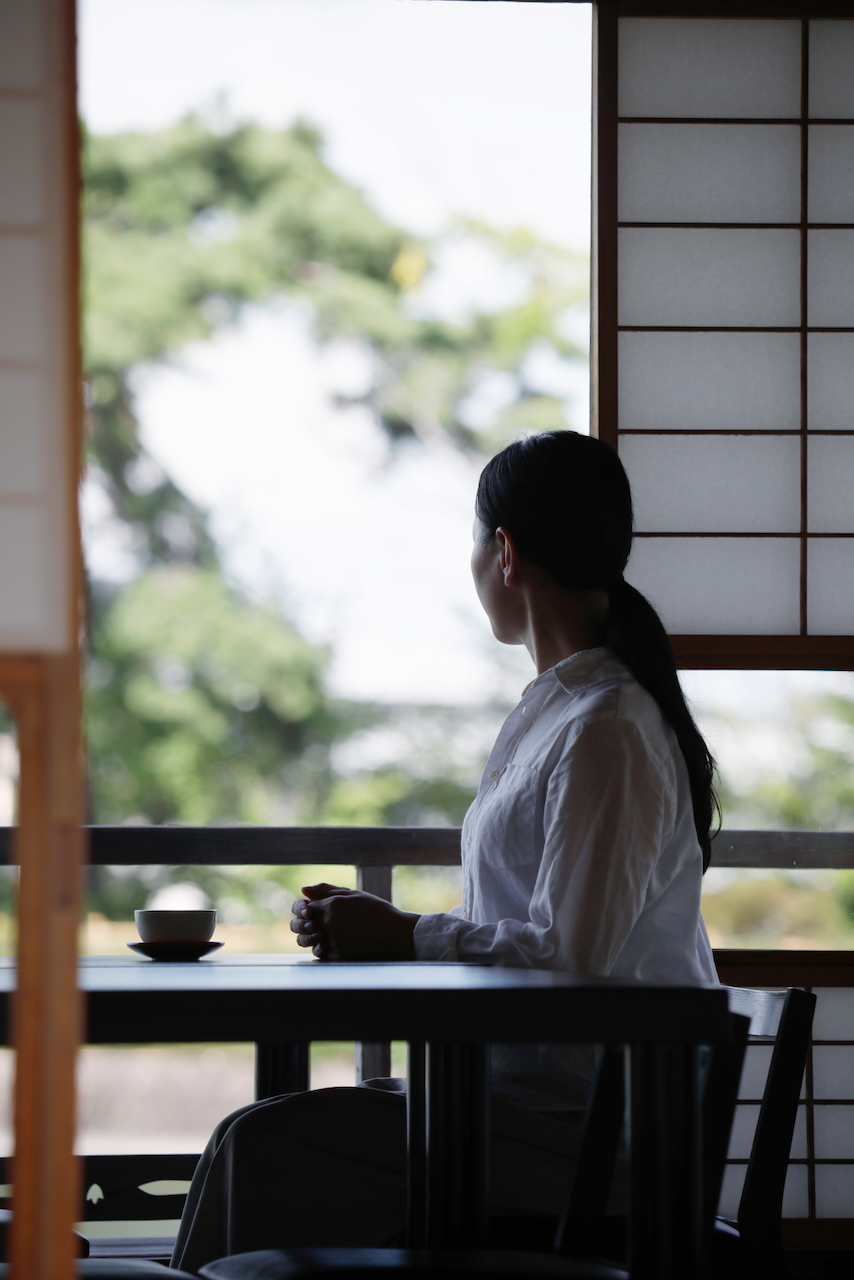
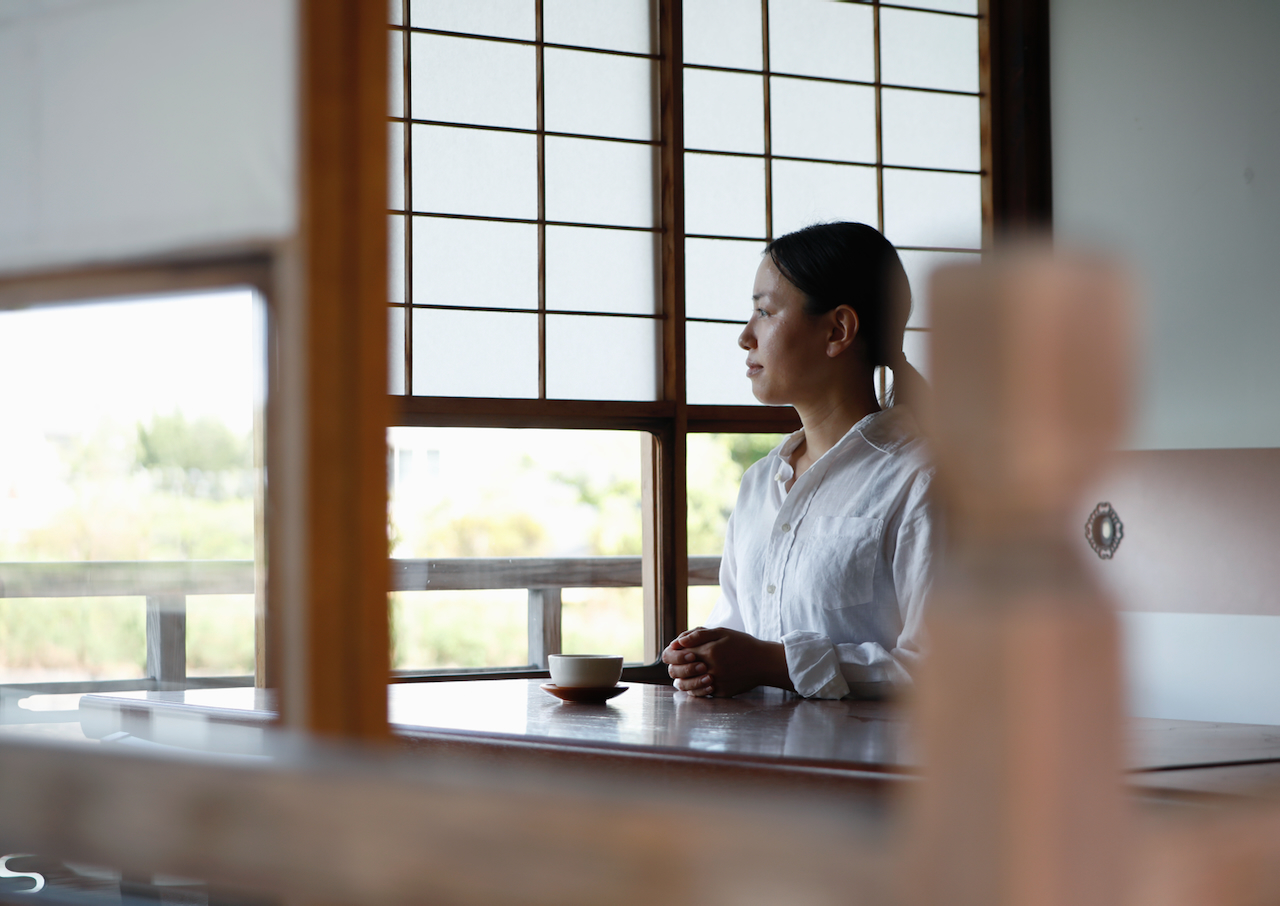
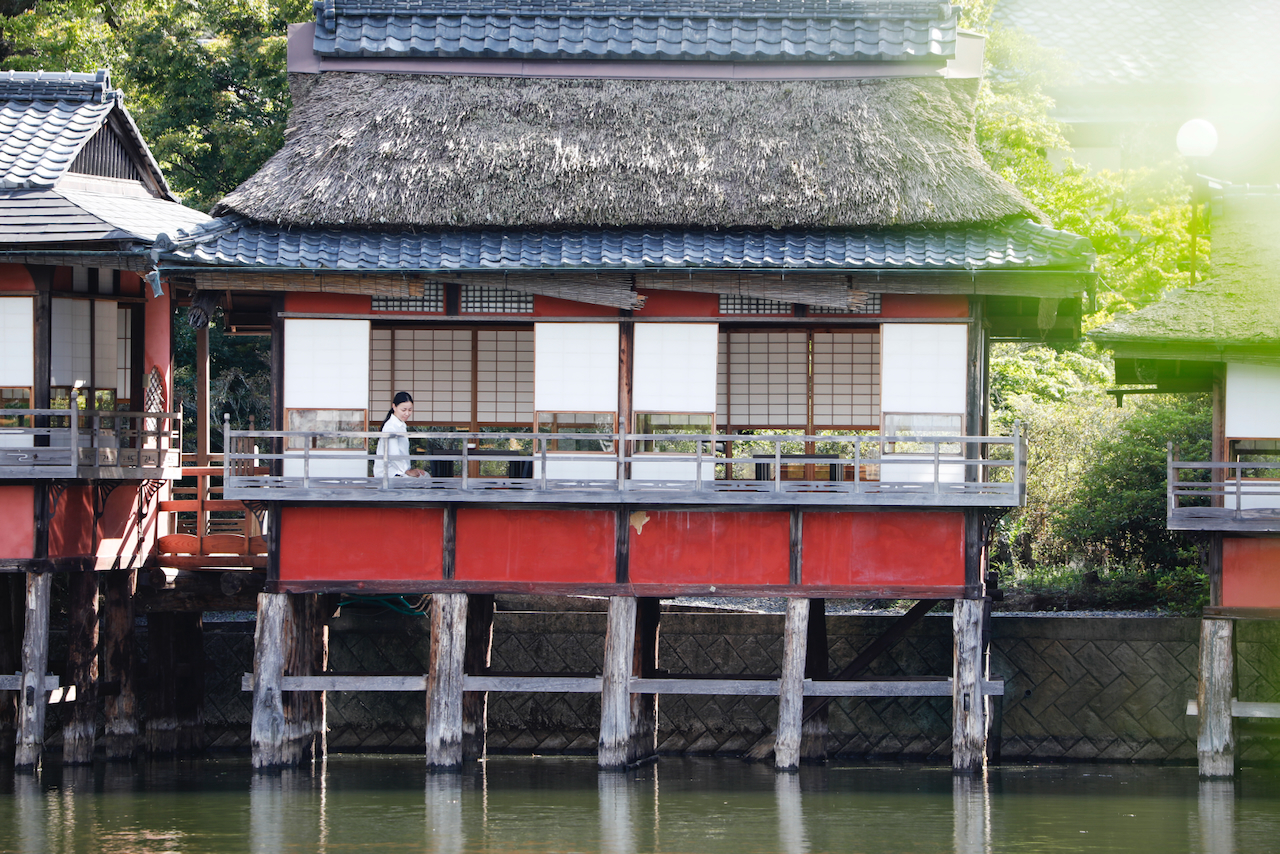
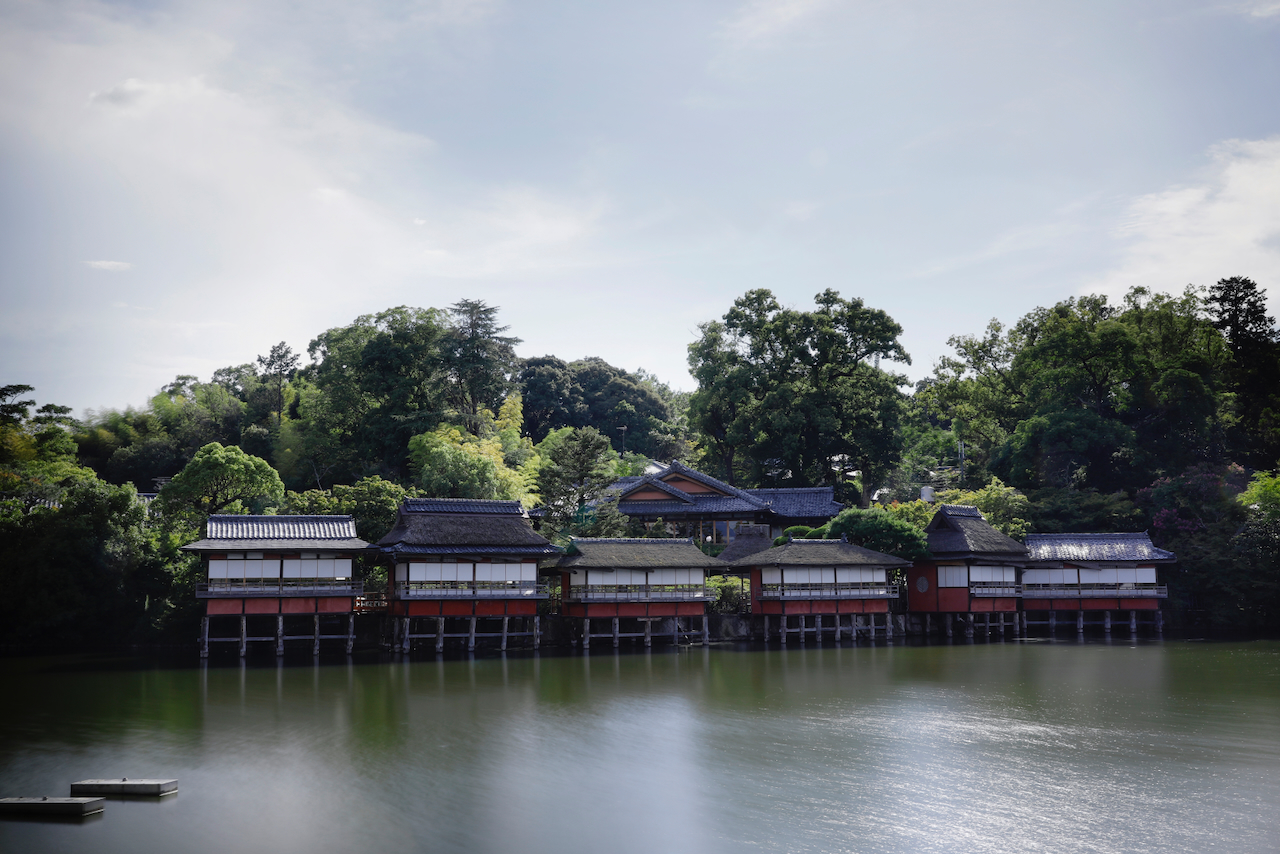
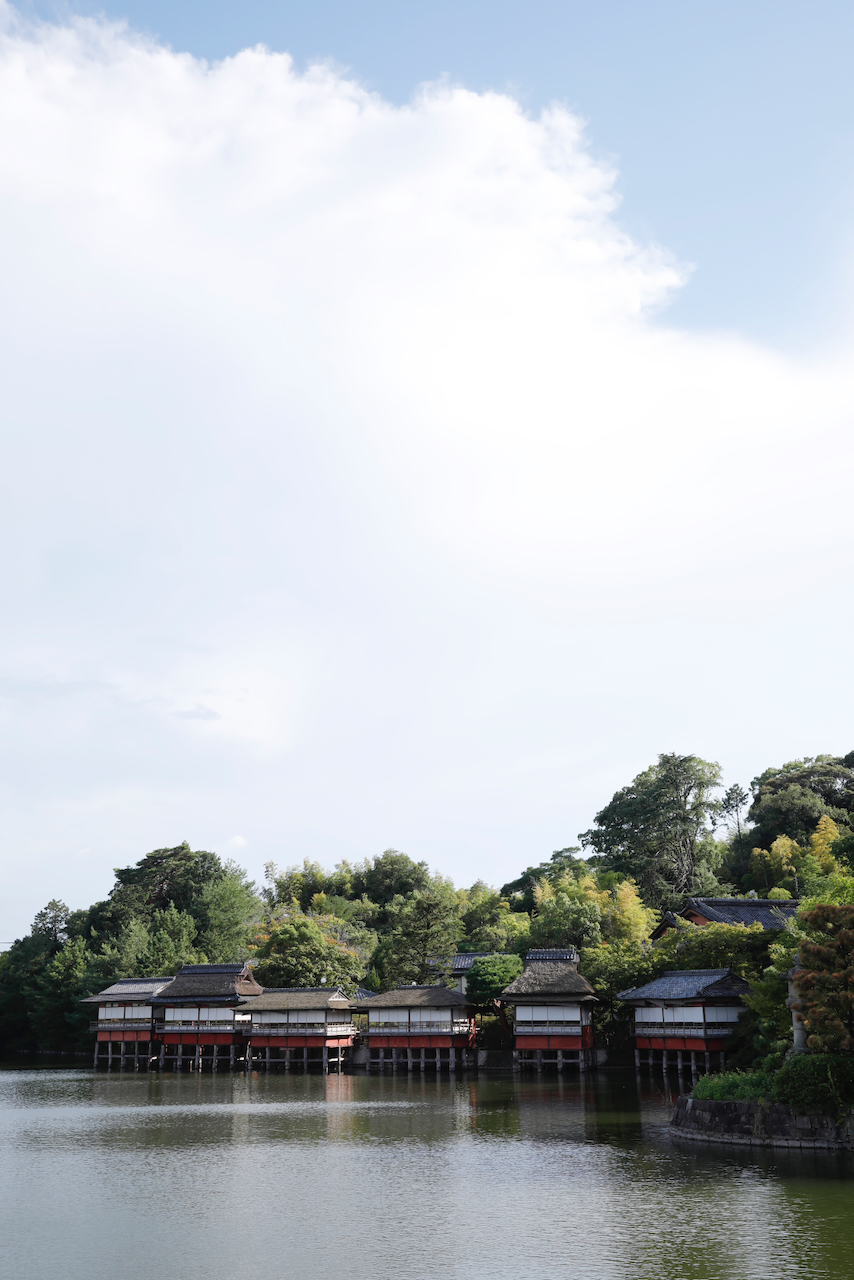
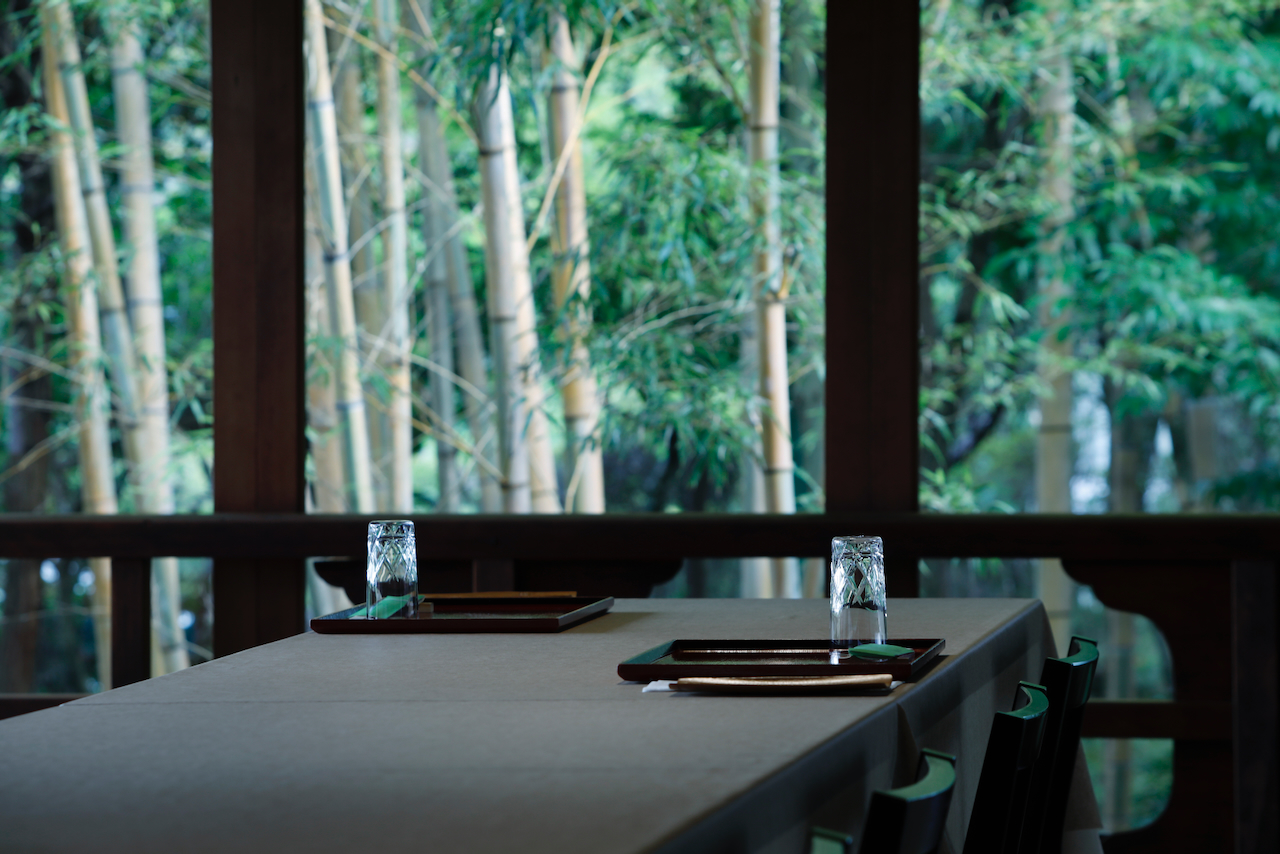
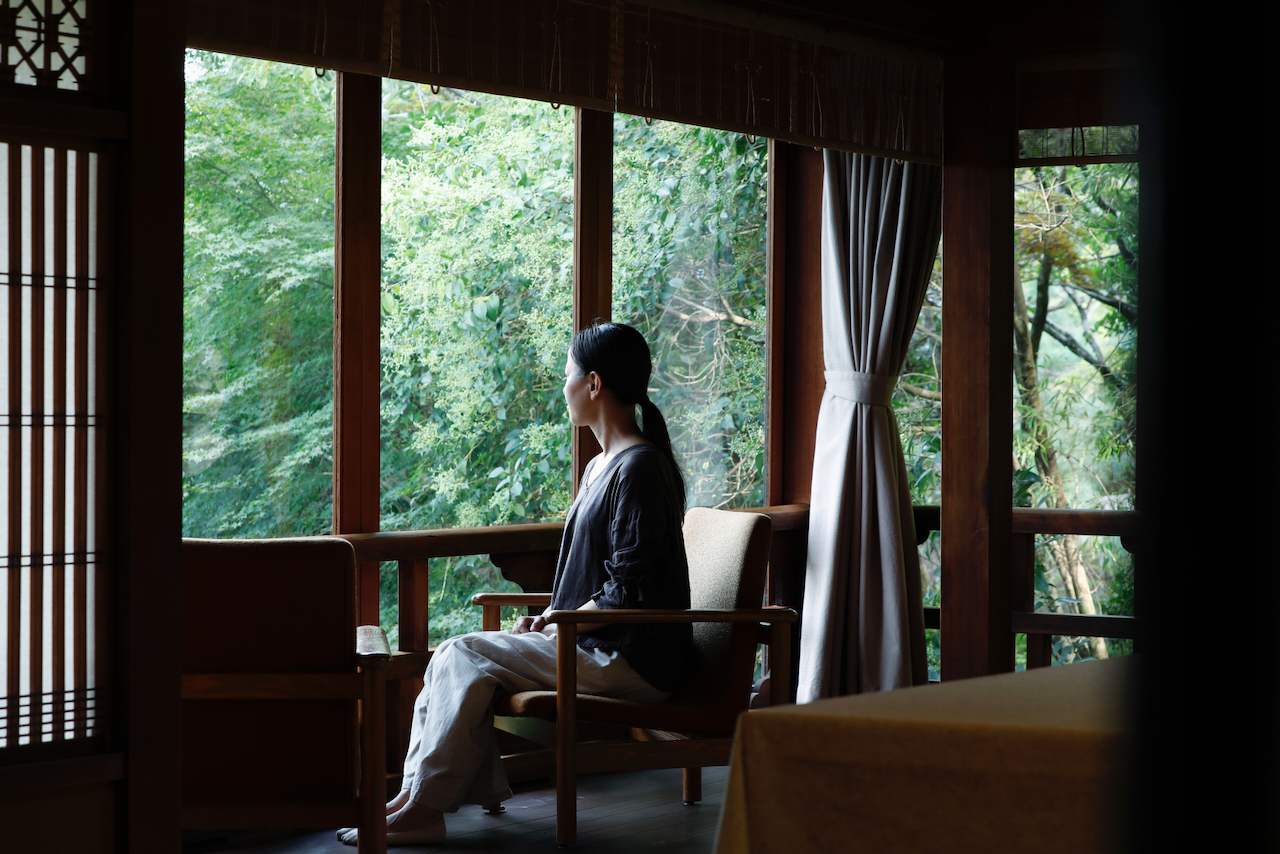
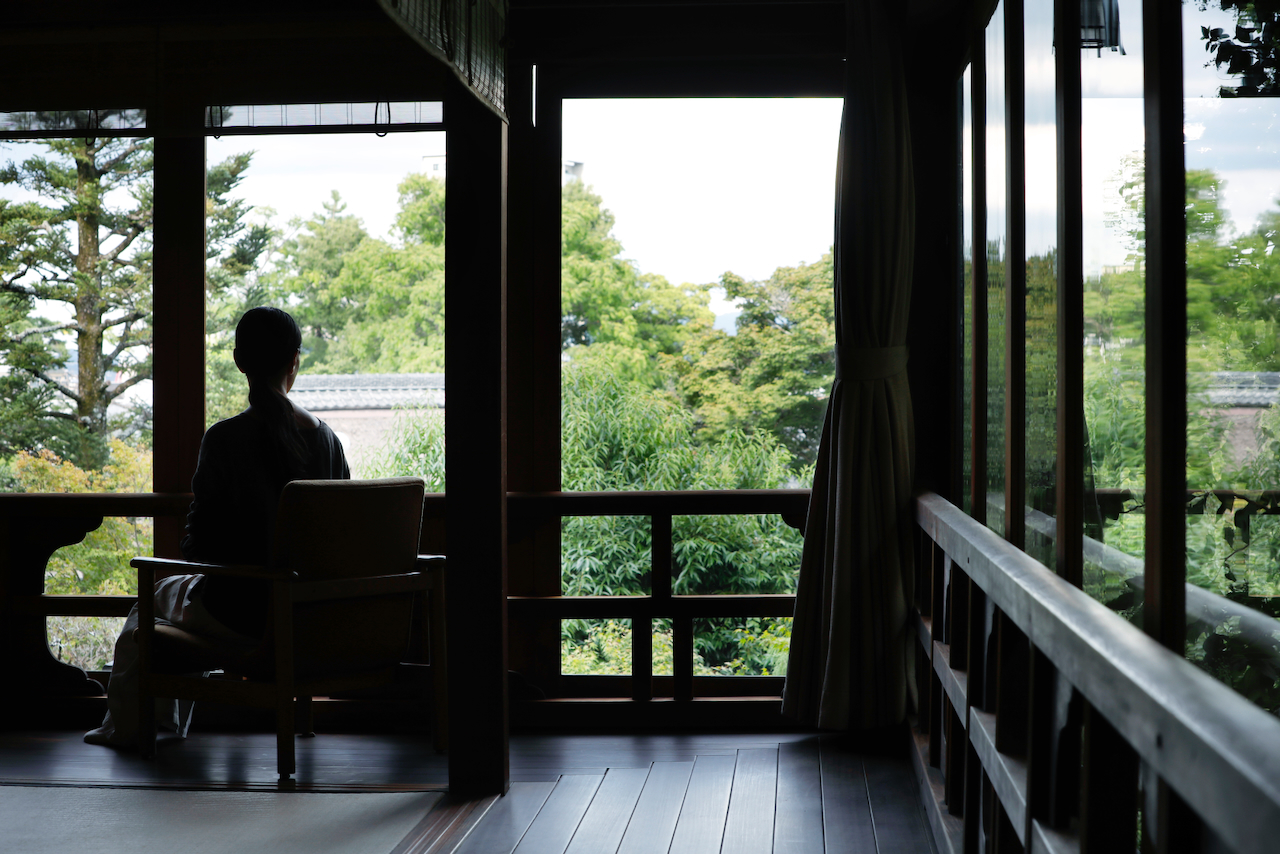
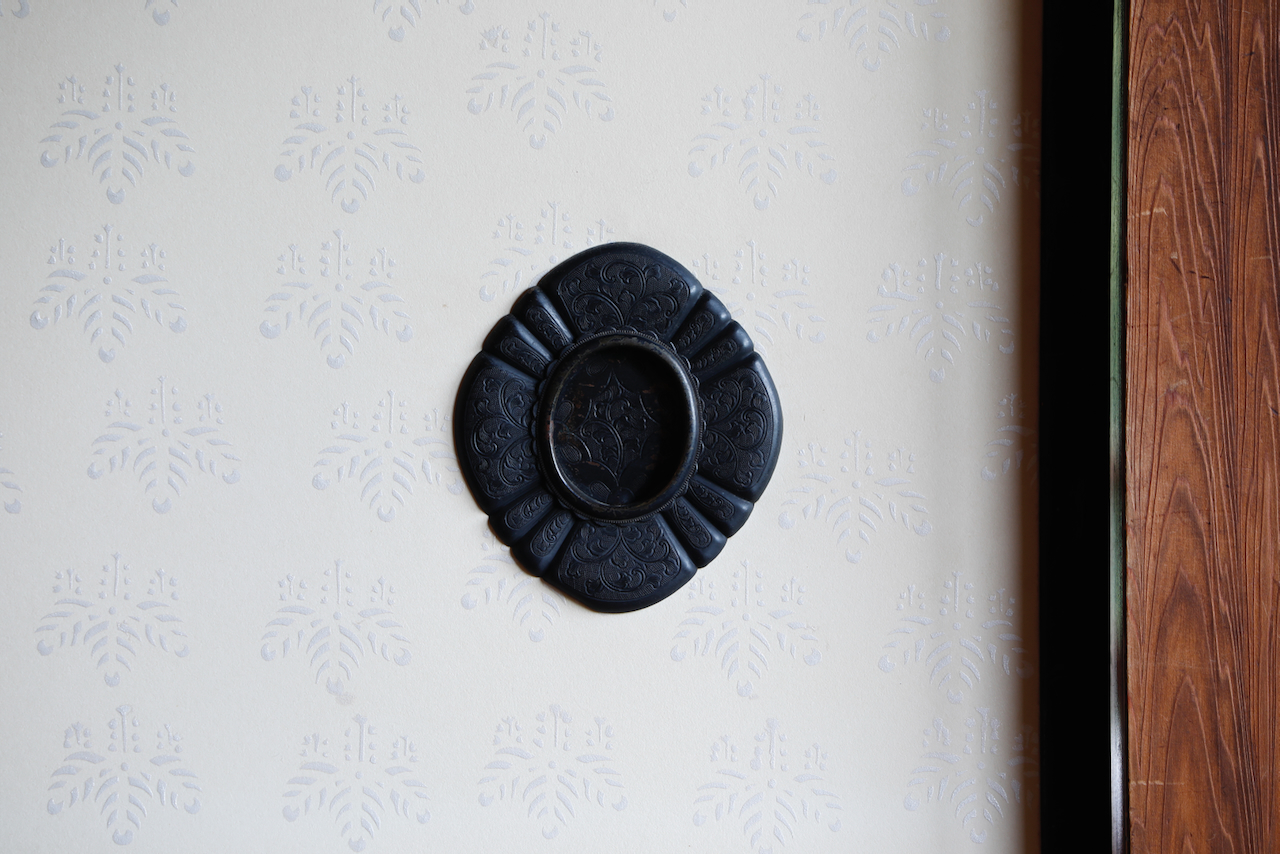
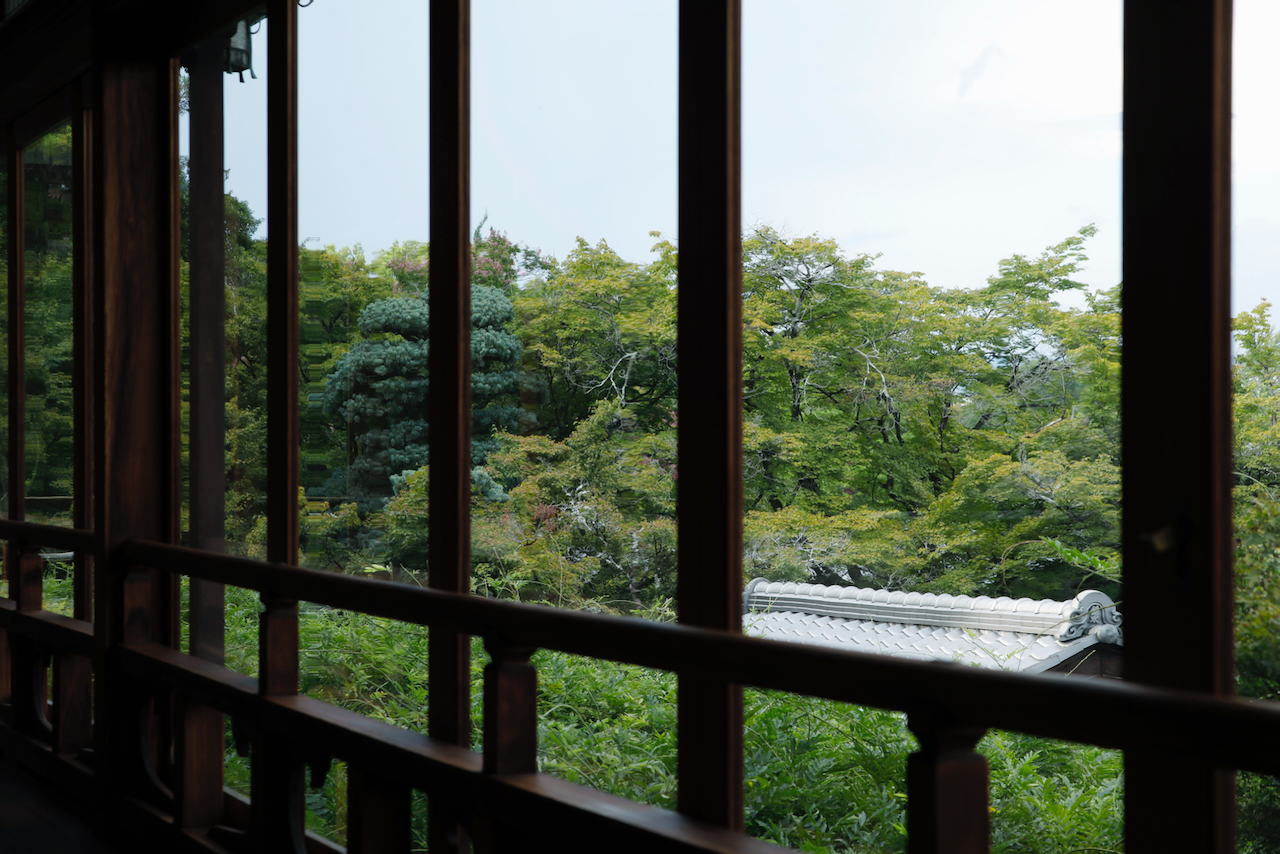
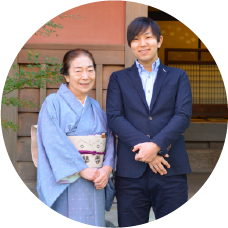
- Kinsuitei Owner
- Hisashi Ikeda
- Ikeda is the fifth-generation head of Kinsuitei, a long-established ryotei restaurant established in 1881. Ikeda was originally a programmer at a games company. He met his wife, the daughter of the previous head of Kinsuitei, and after several years he became the head of Kinsuitei. He loves Kinsuitei and Nagaokakyo, and through kaiseki cuisine he strives to preserve and develop Japanese culture, bamboo culture and the architecture of Kinsuitei.

- Guide on Architecture
- Satoshi & Takako Nakada
- This couple runs an architectural design office based in Nagaokakyo City. They are involved not only in new housing construction, but also in the renovation of Kyomachiya and the restoration of cultural heritage buildings. They also act as guides for the wooden modern building, "Chochikukyo" in the neighbouring town of Oyamazaki. Awarded the Good Design Award in 2017 and 2021, and the Japan Icomos Incentive Award 2022.
Access
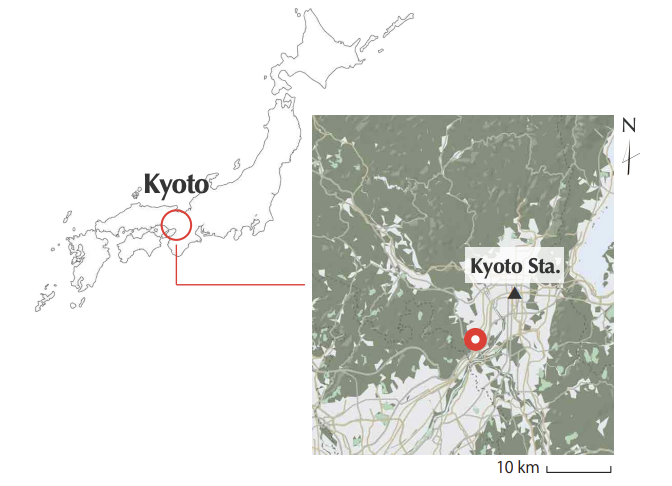
- Nishiyama (20 mins. train ride & 10 mins. walk from Kyoto Station)
- Hankyu Nagaokatenjin Station is accessible from Kyoto Station via 20 mins. / 460 JPY train ride

